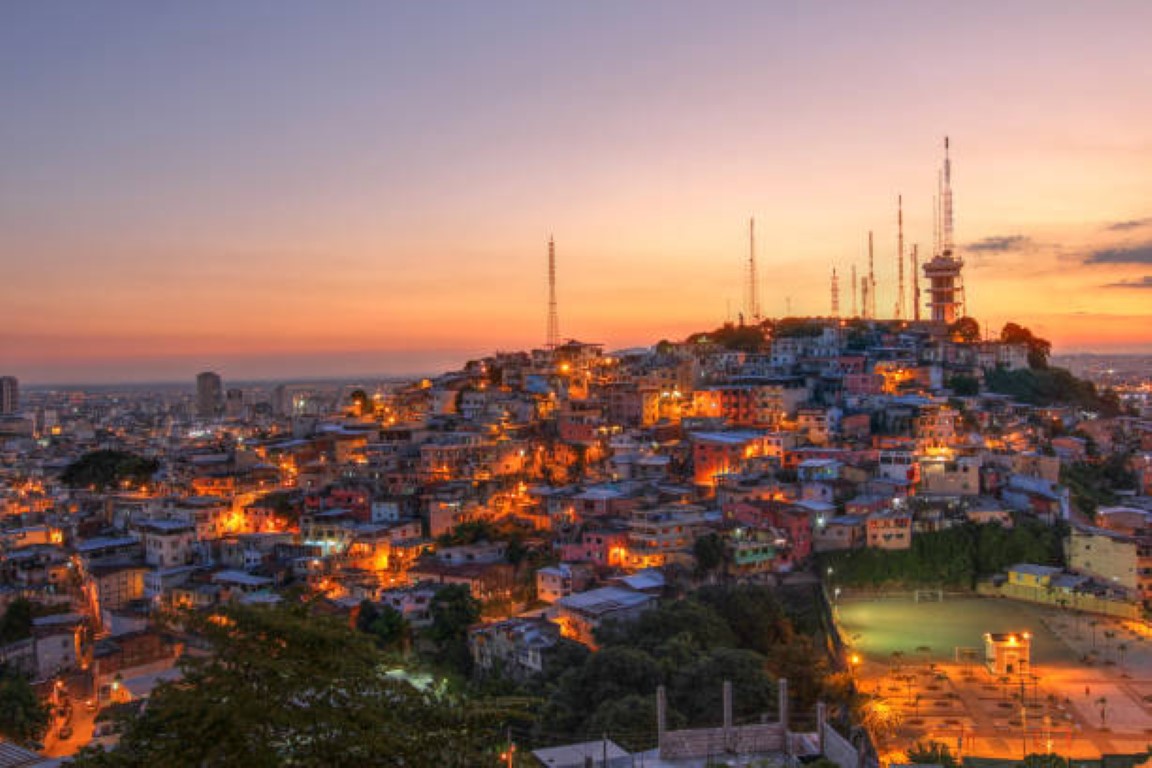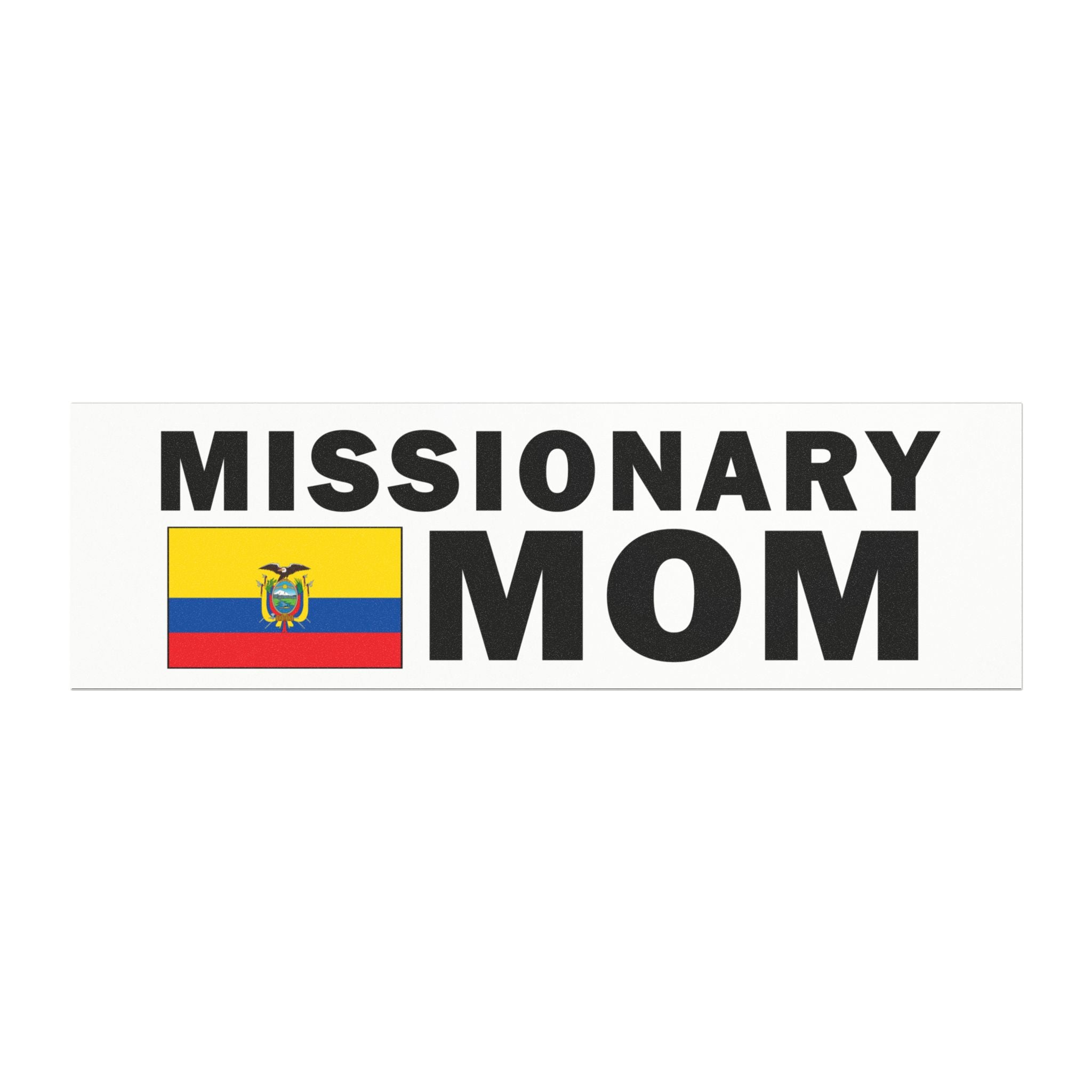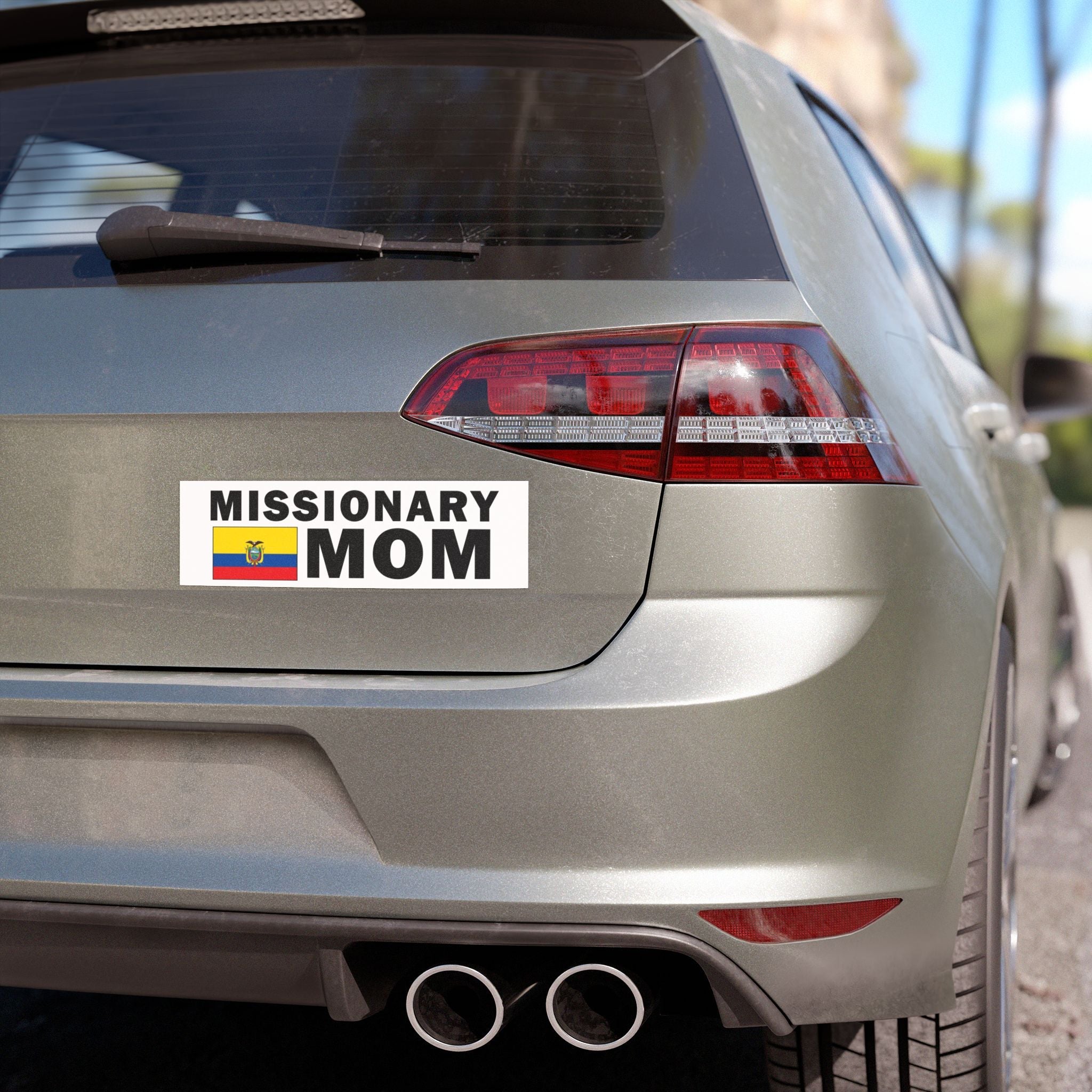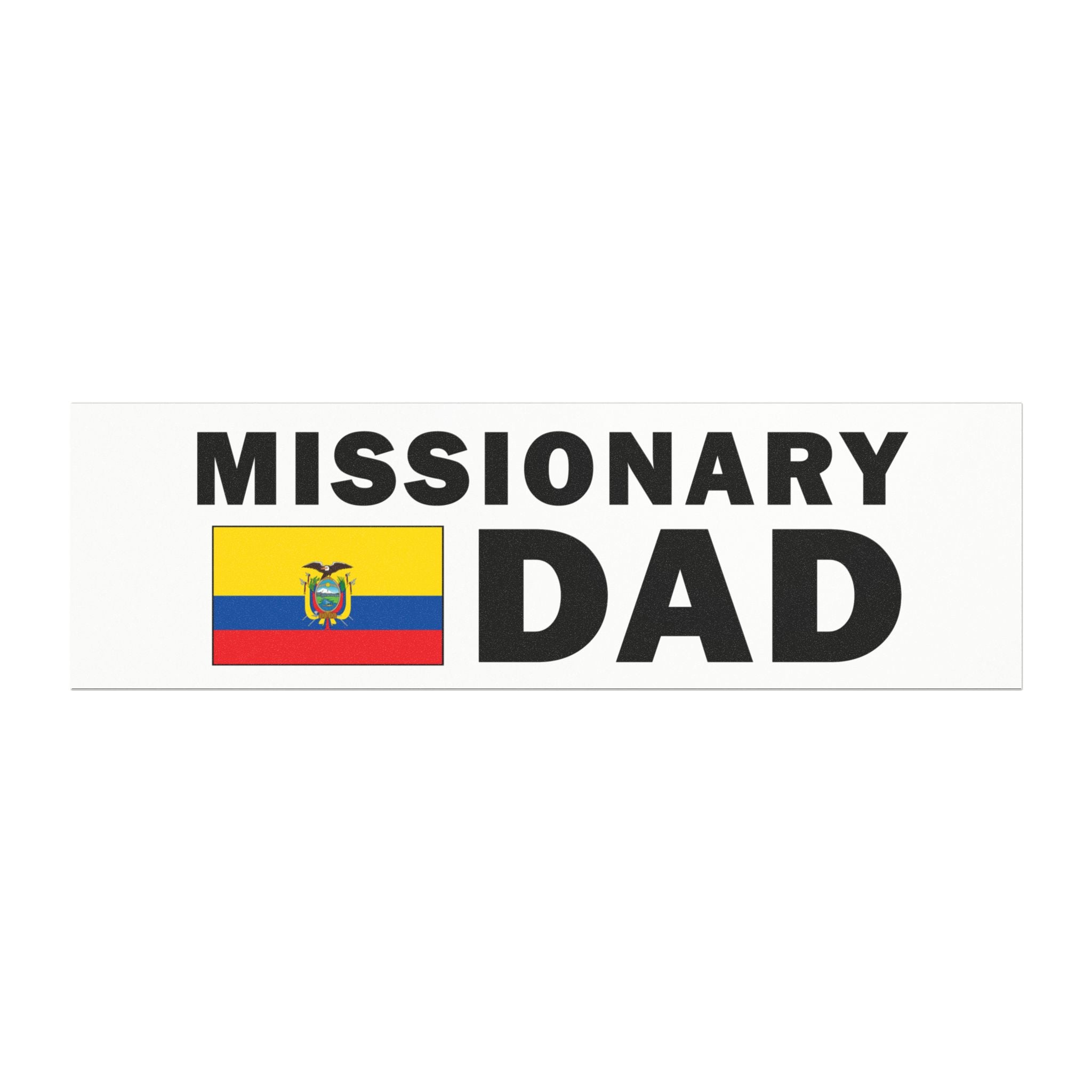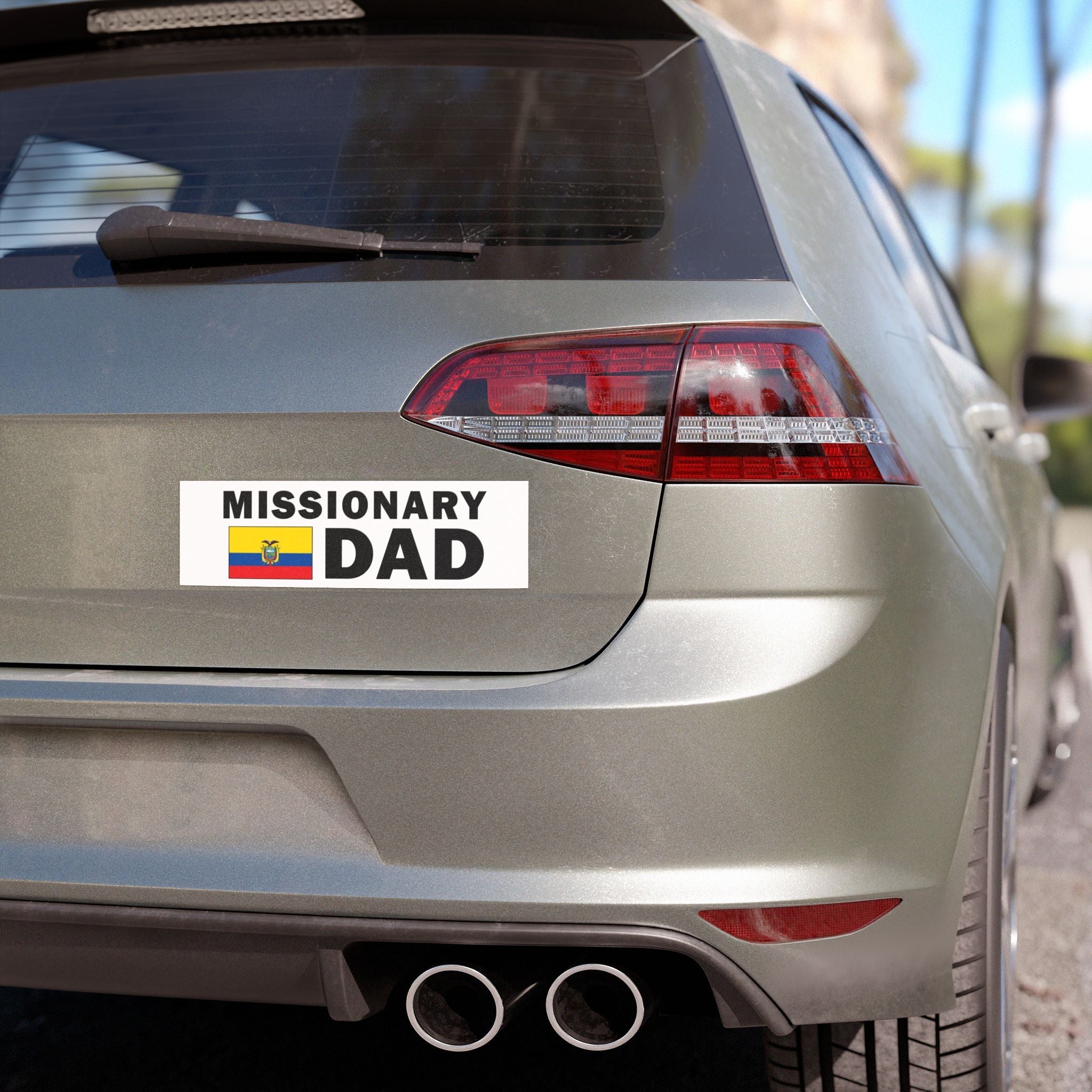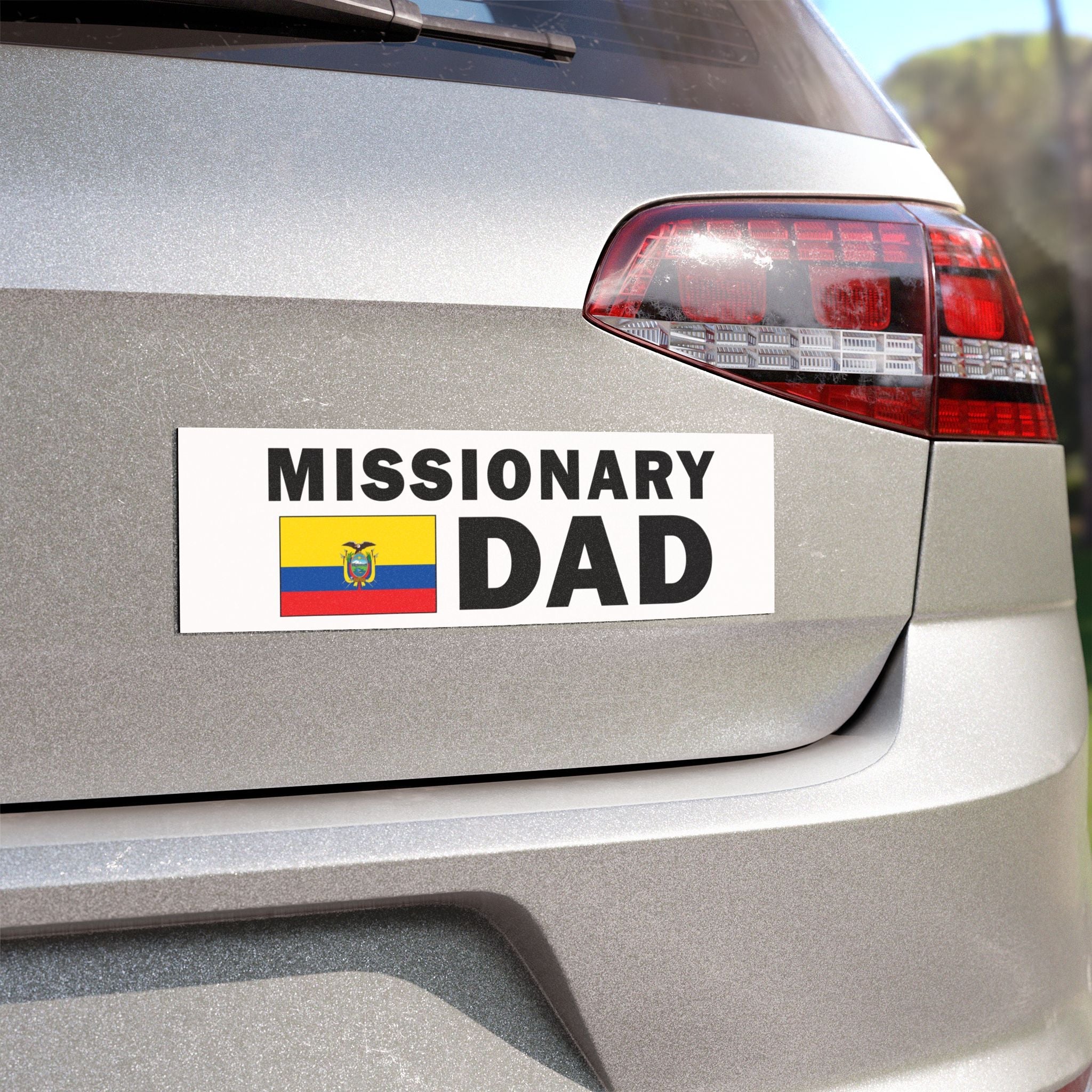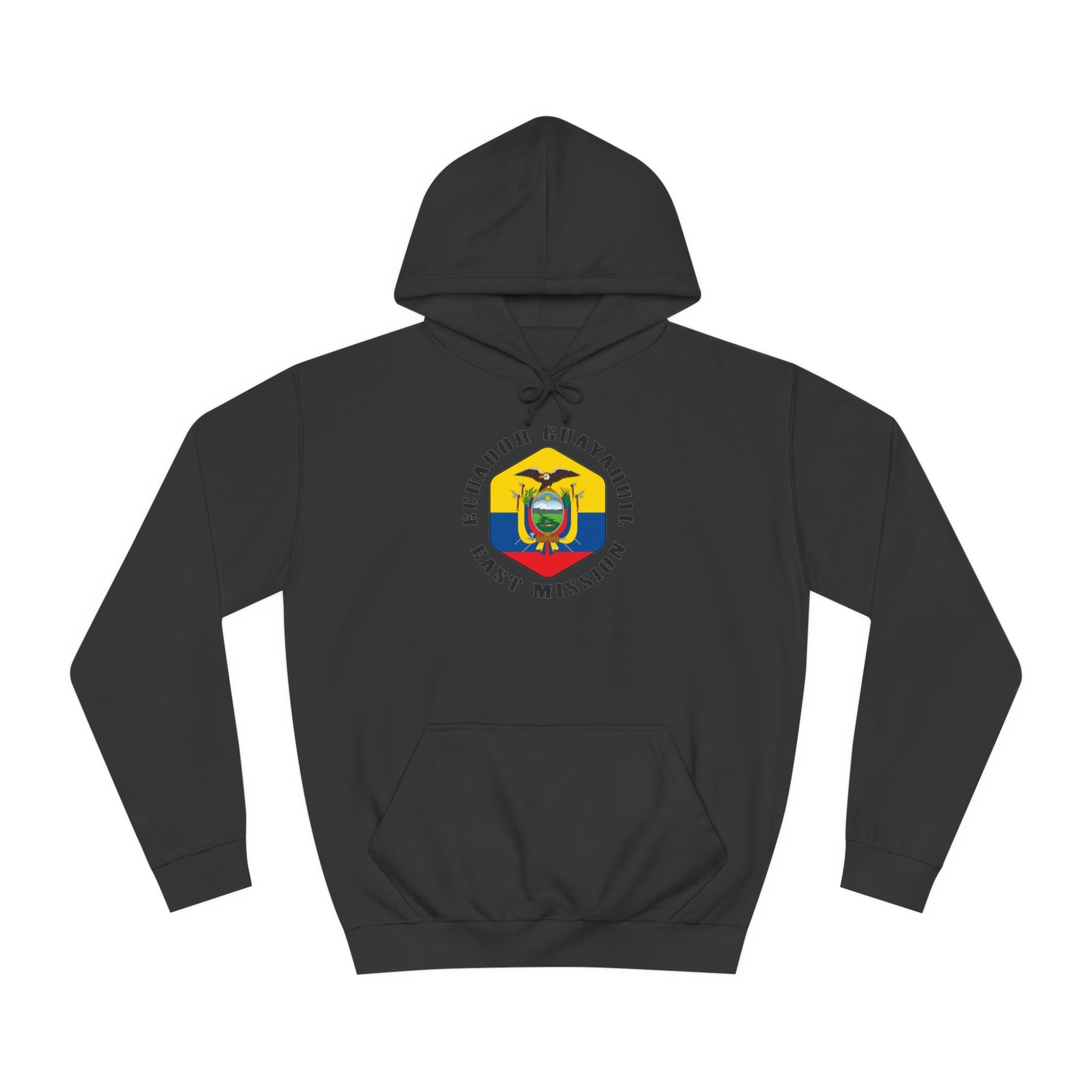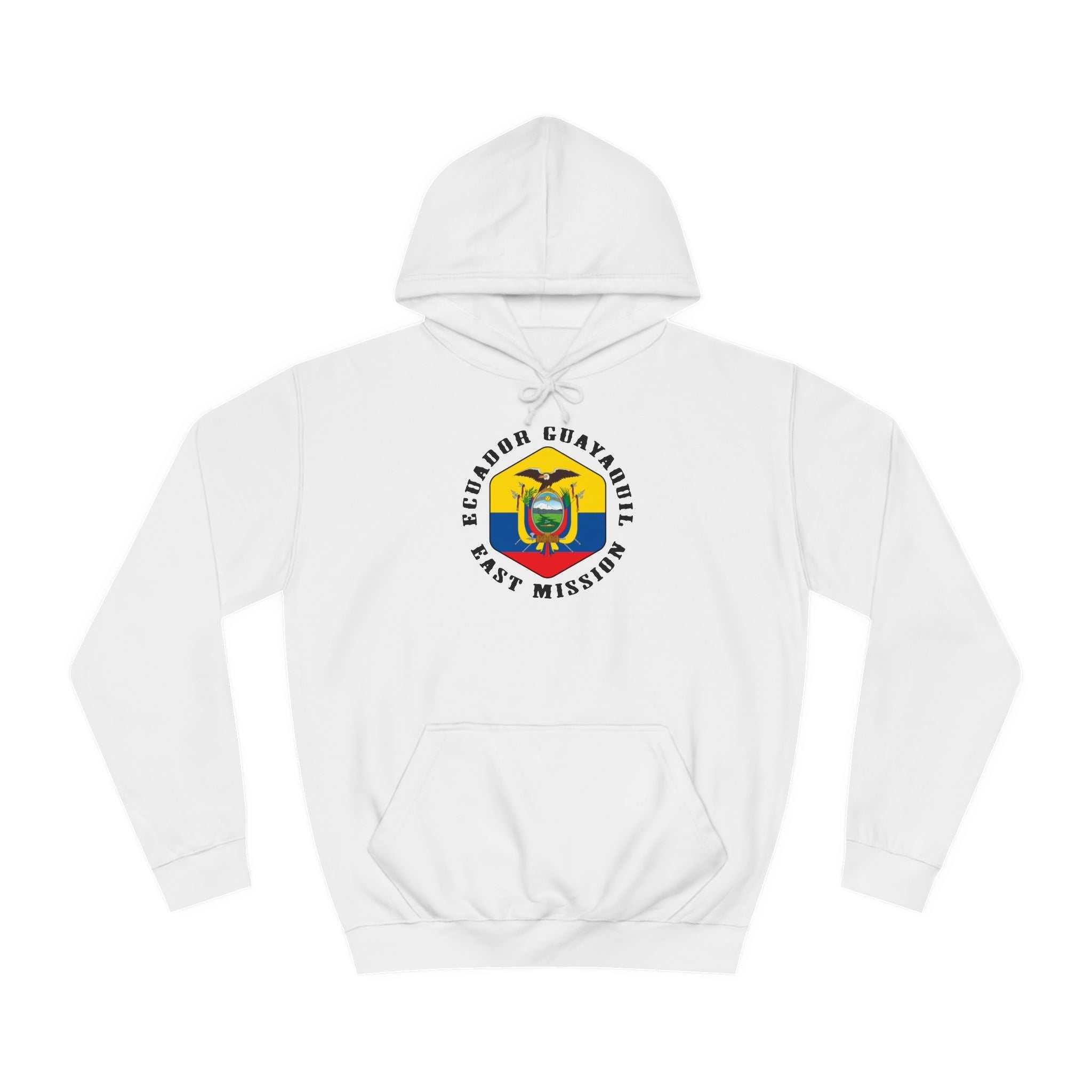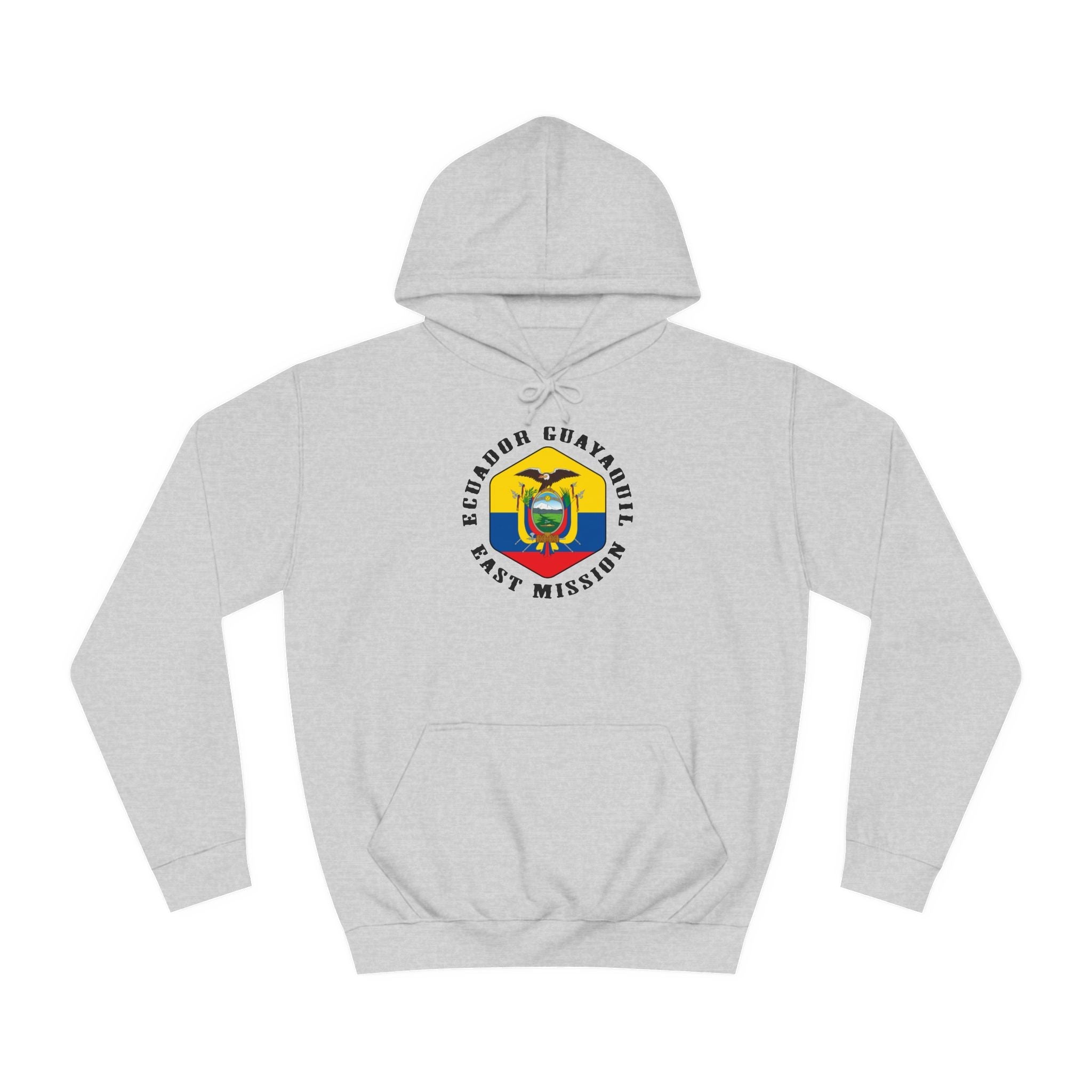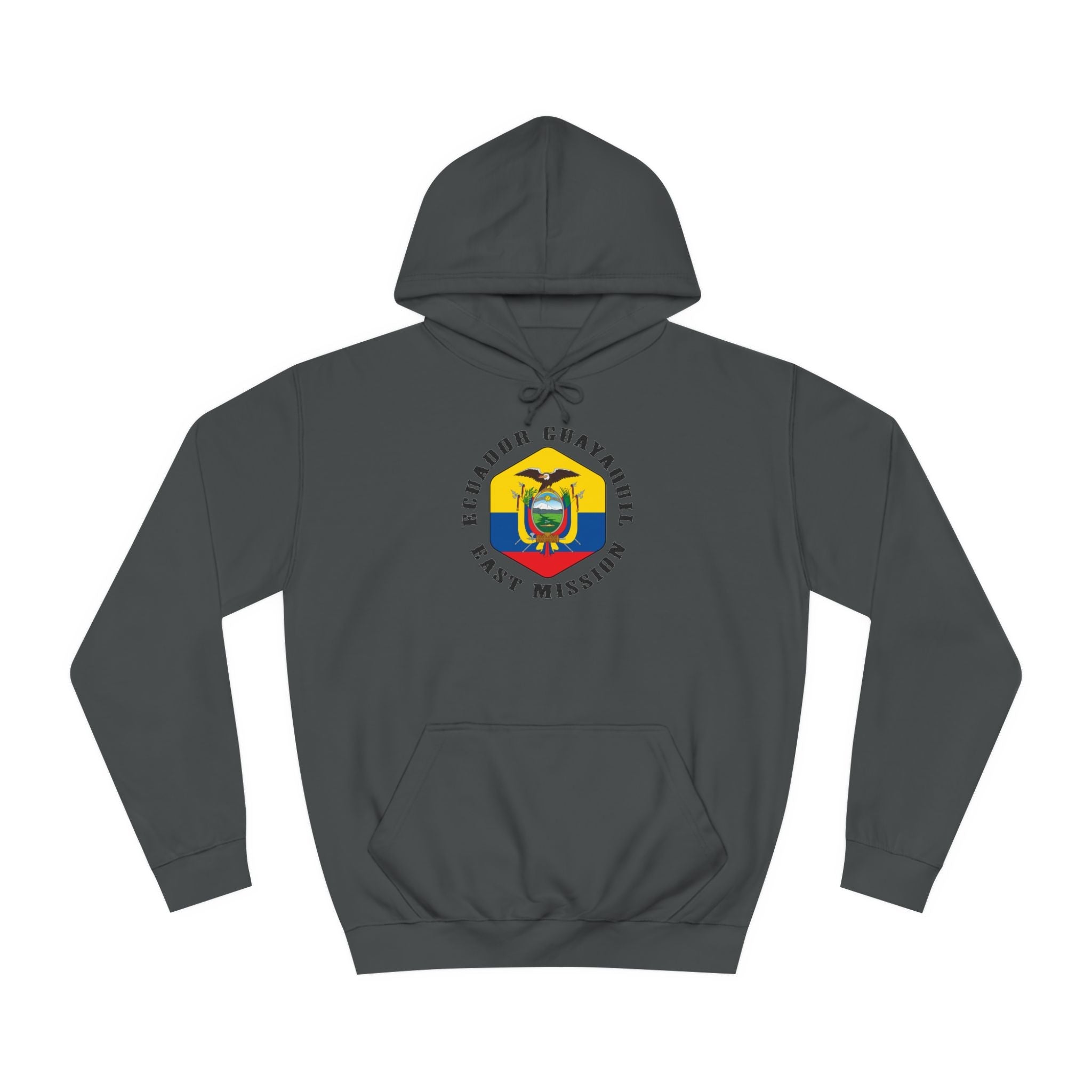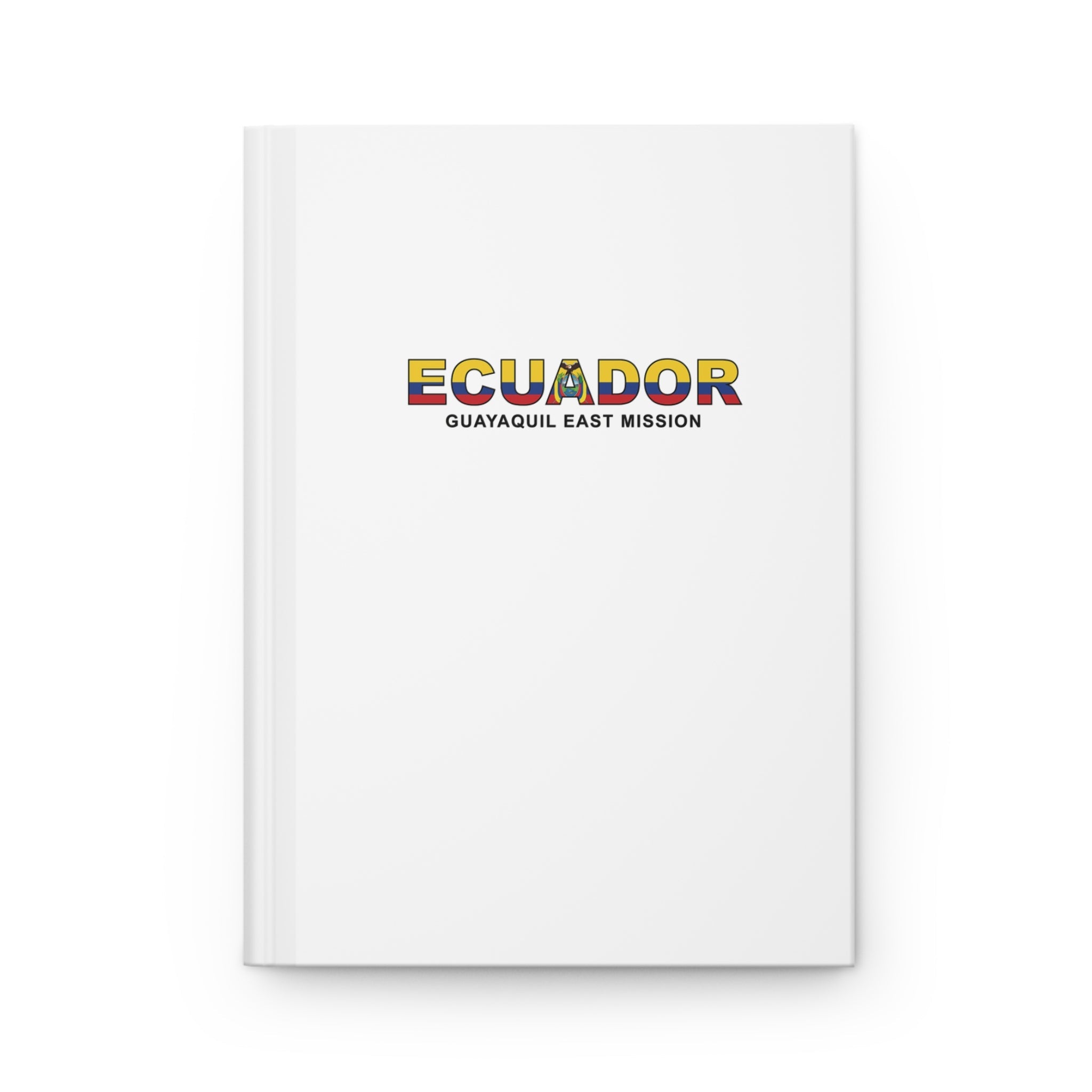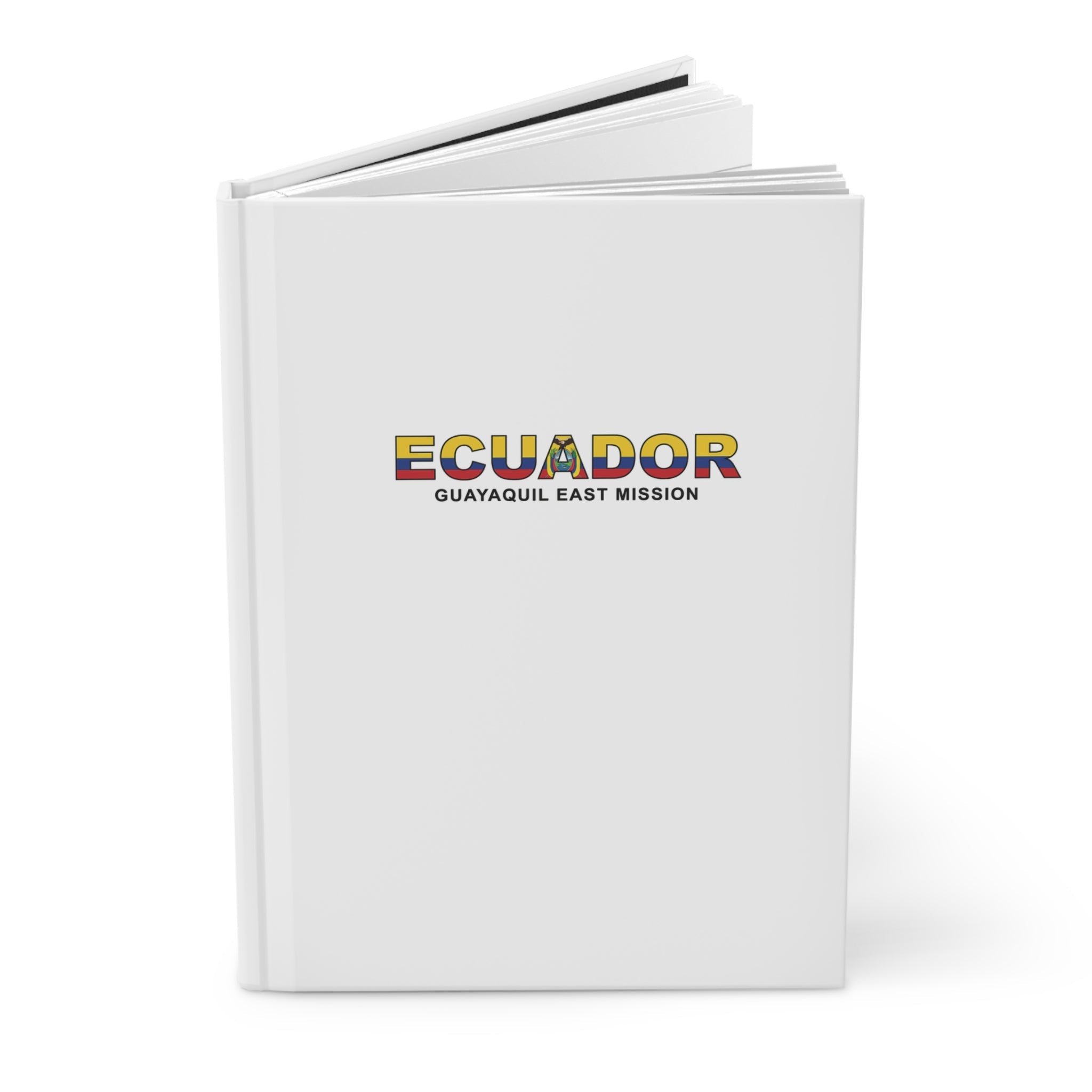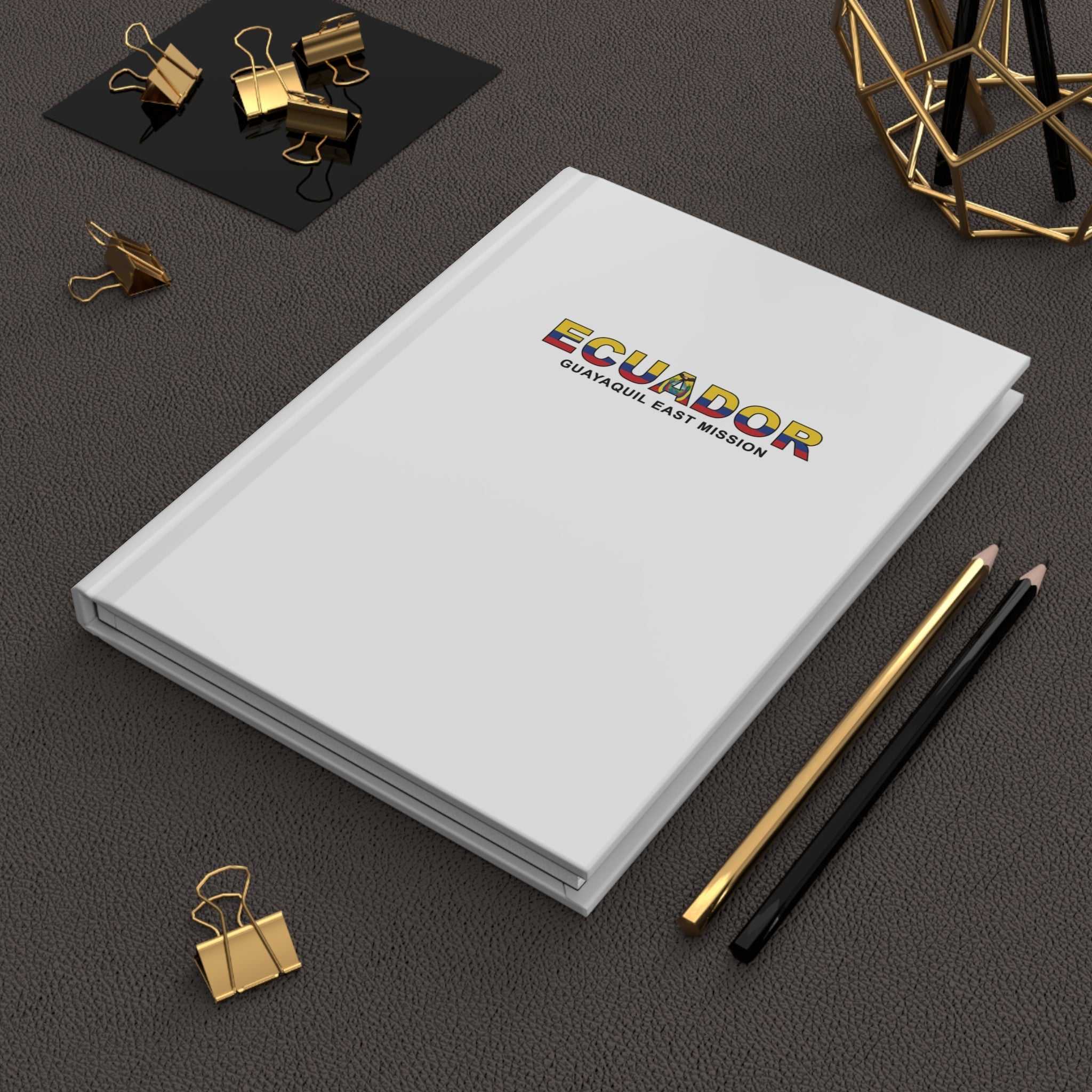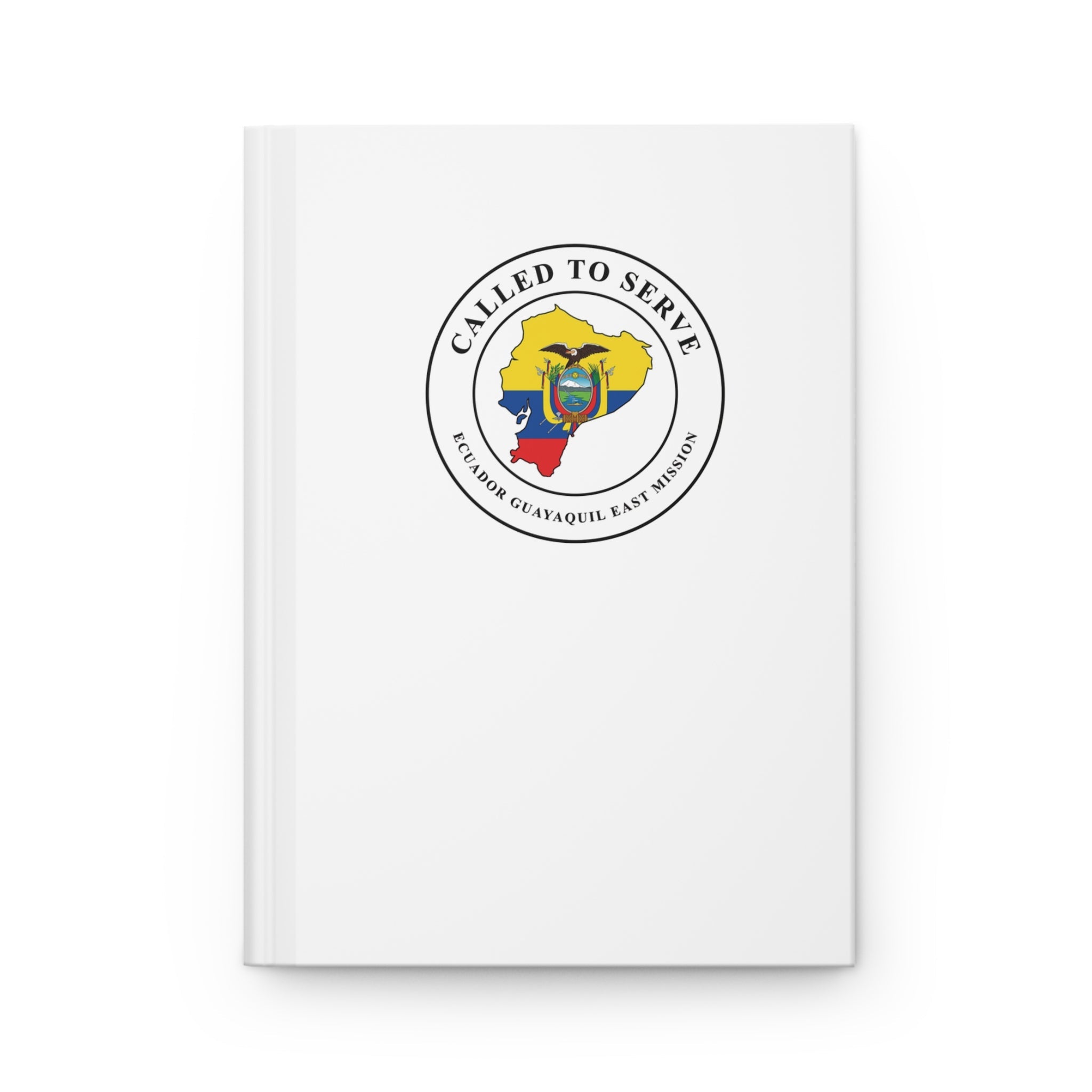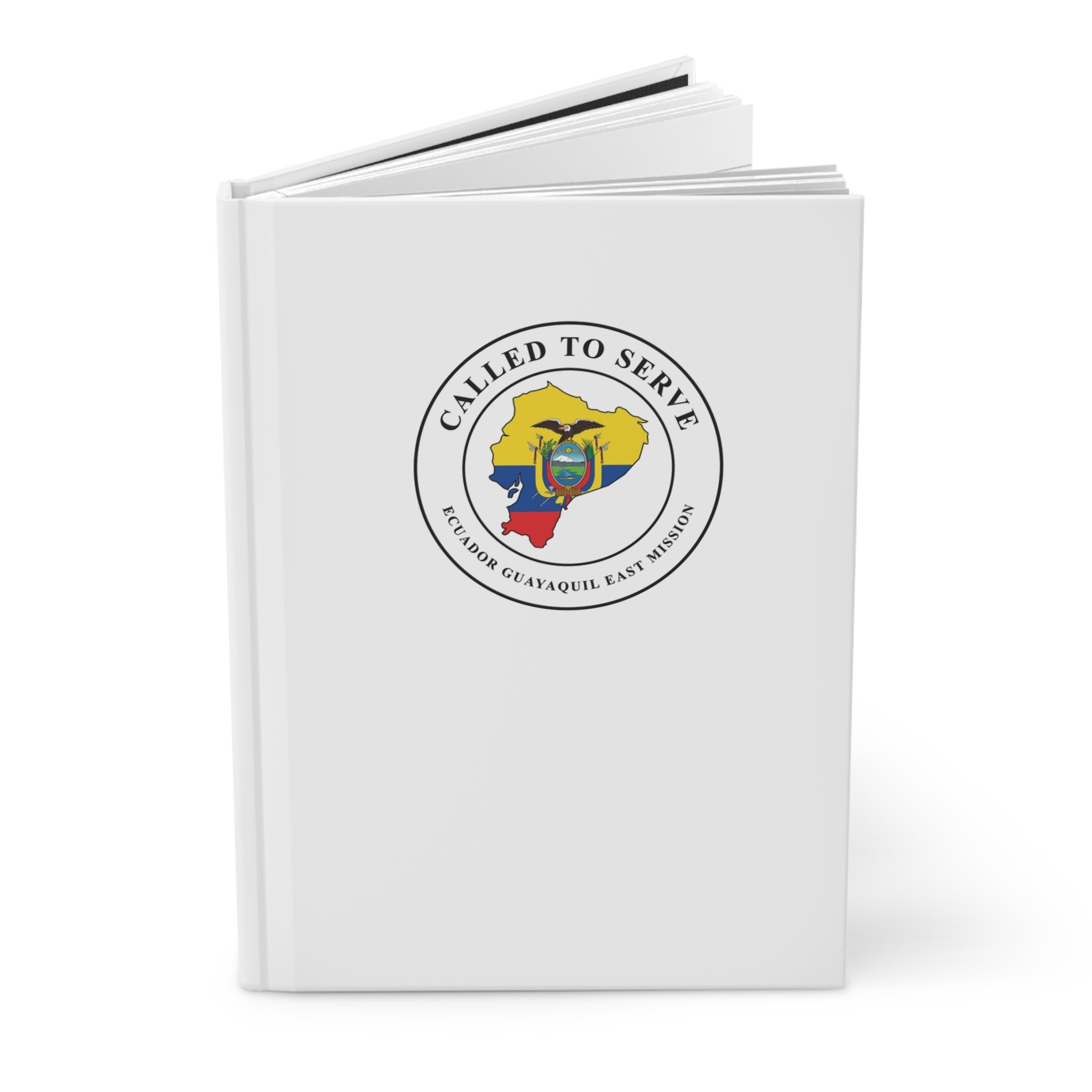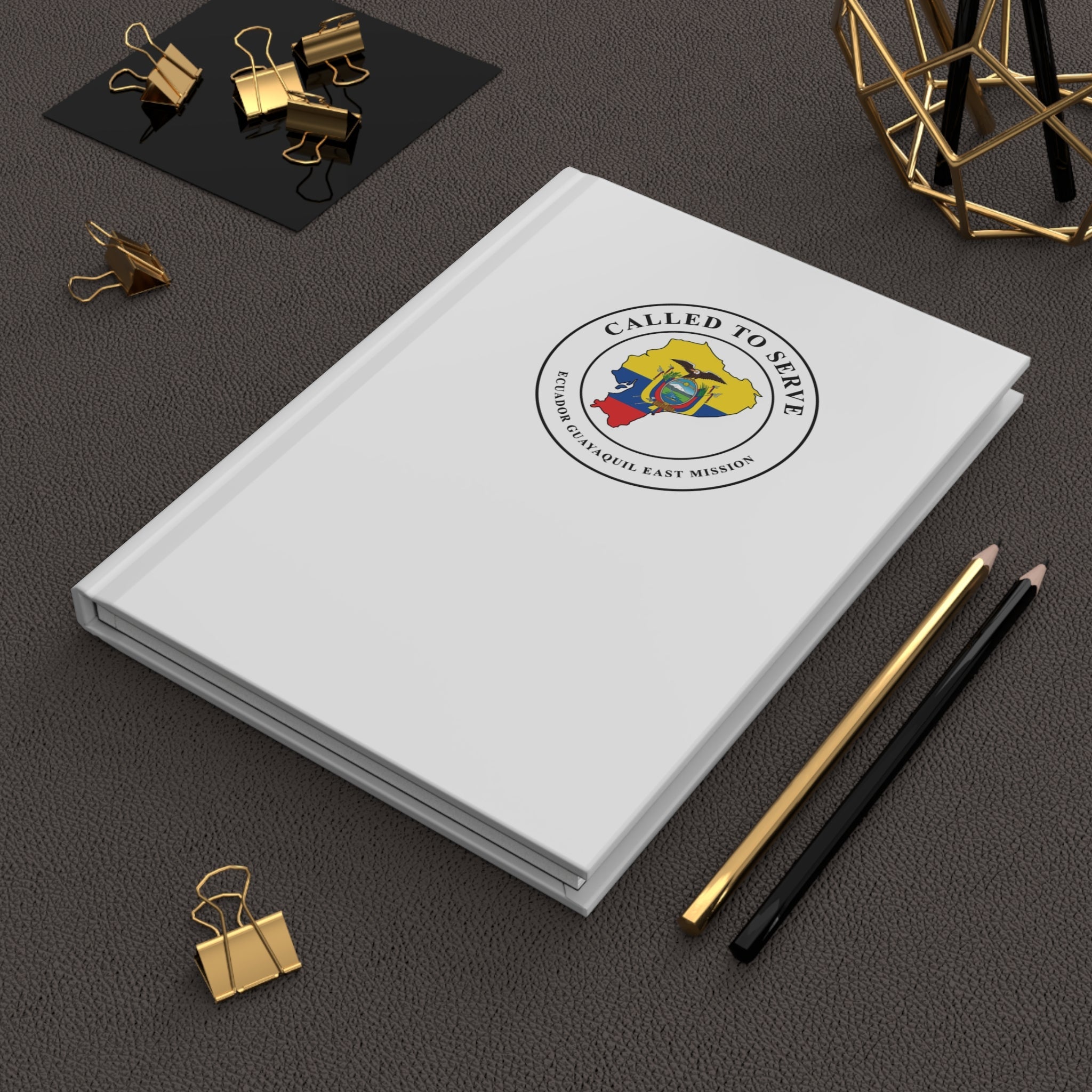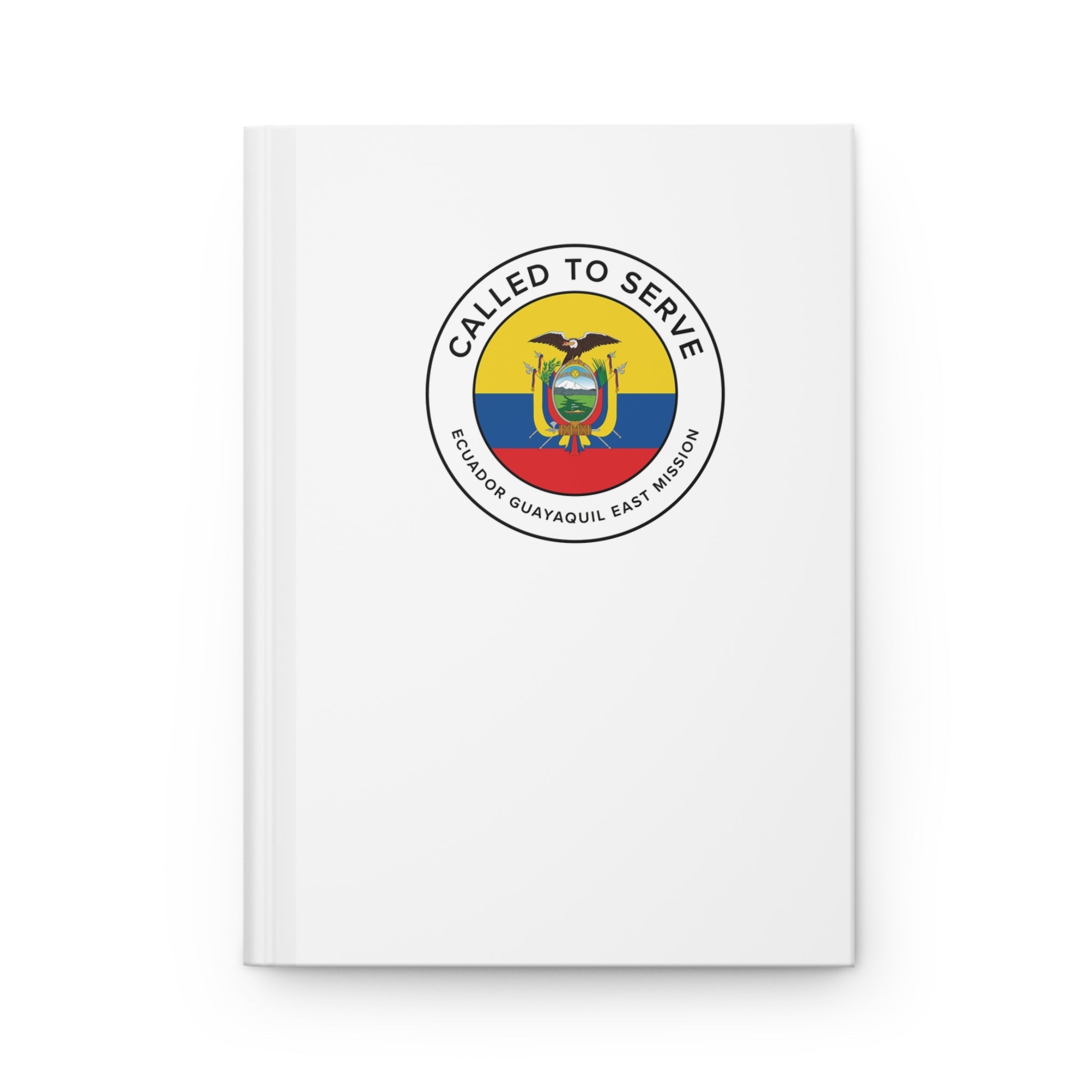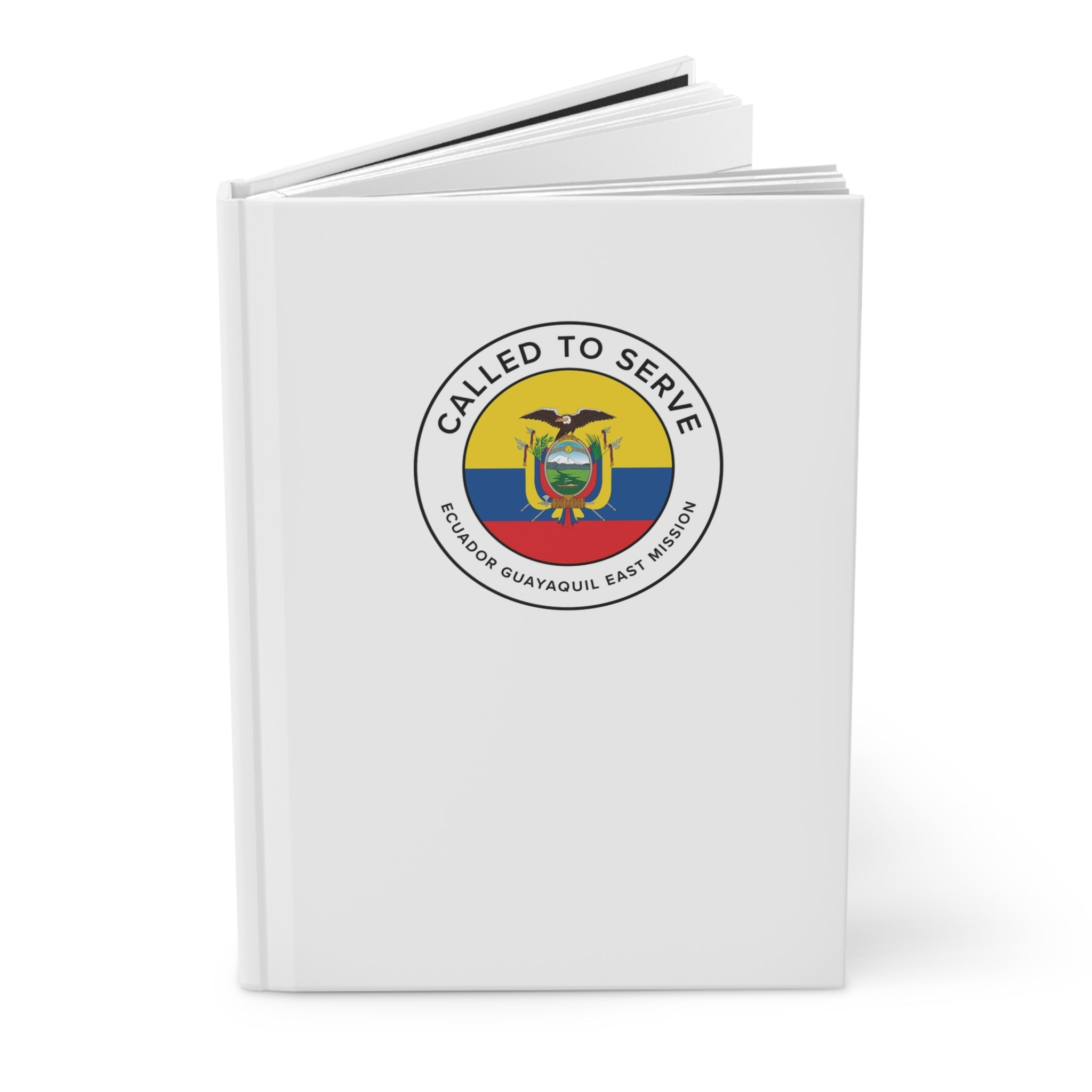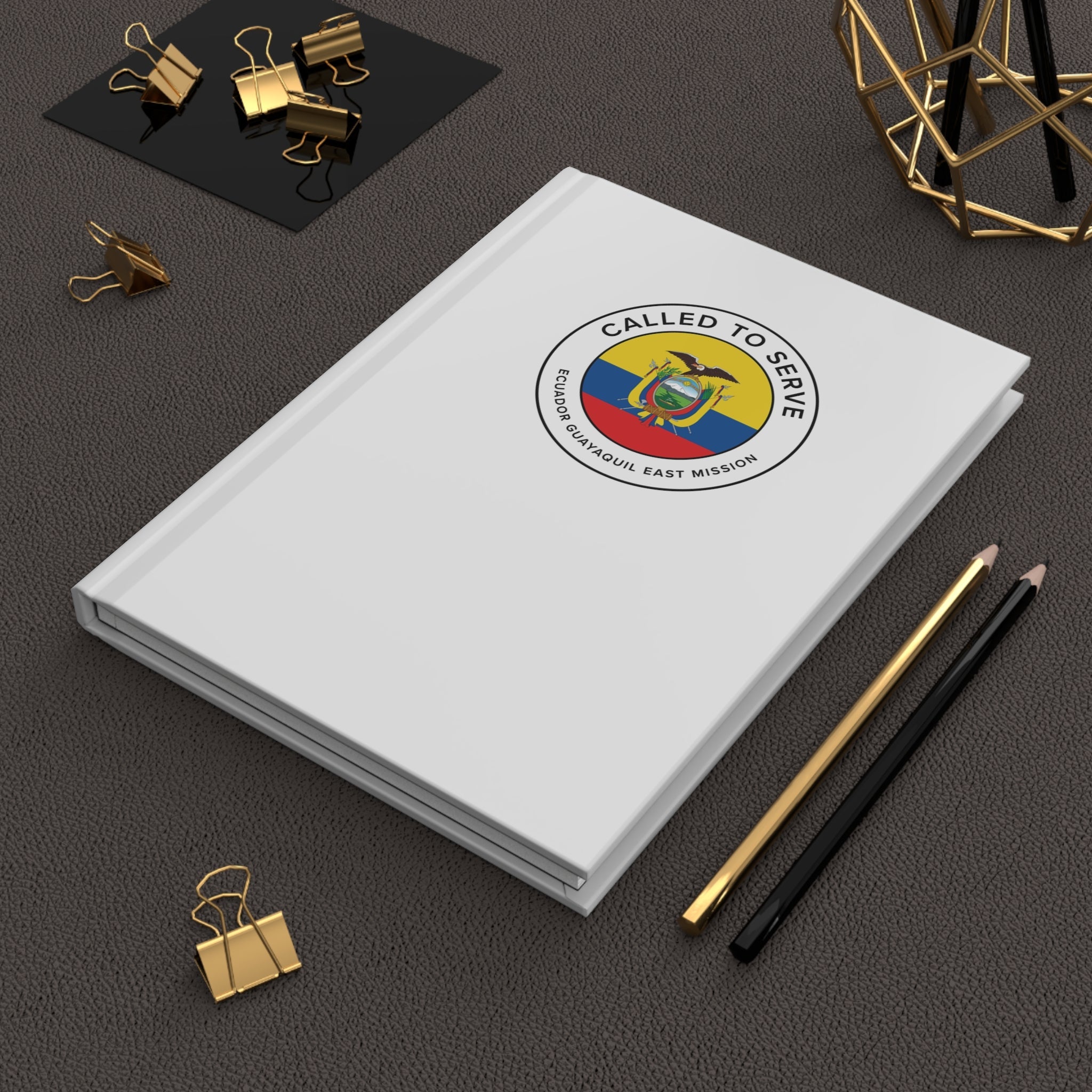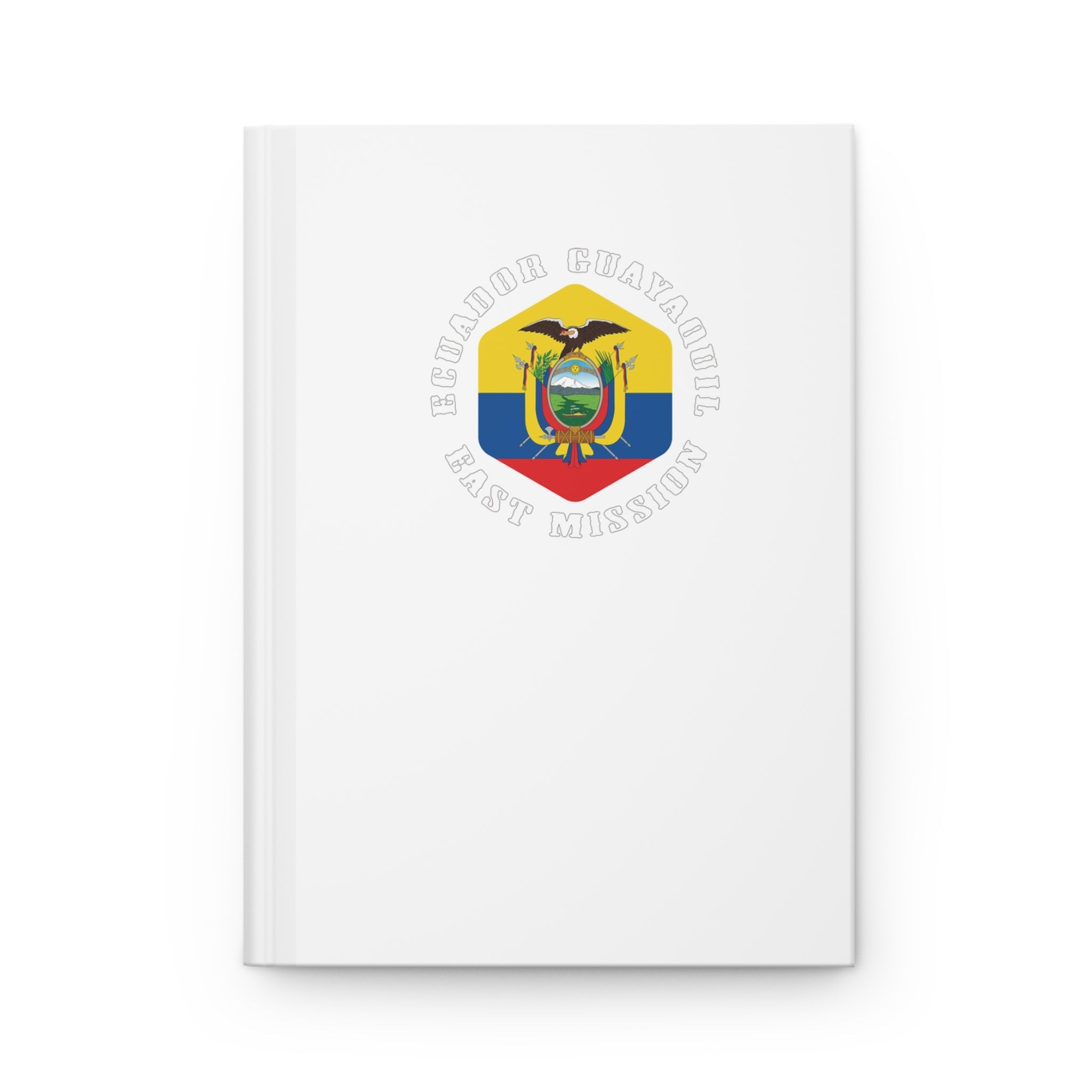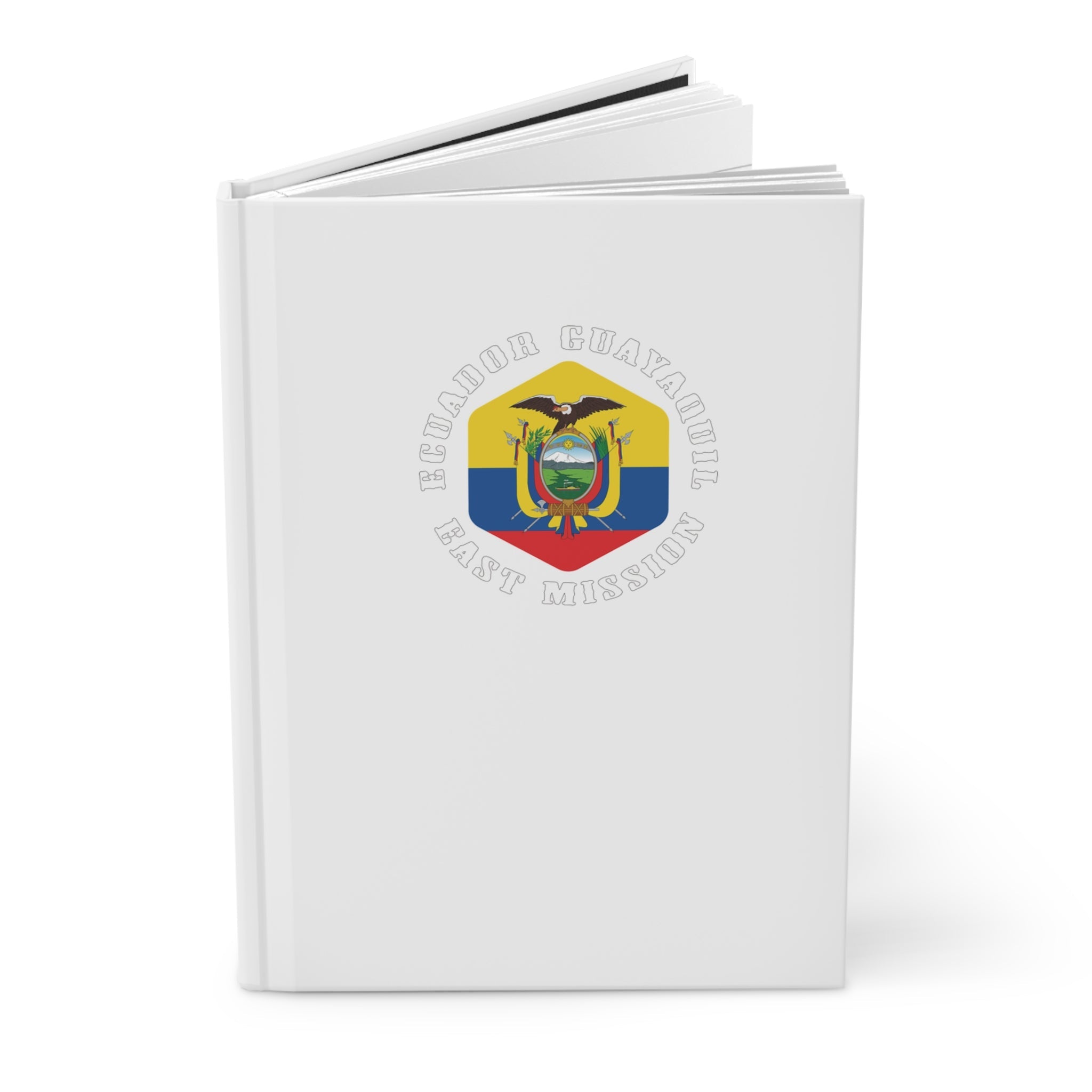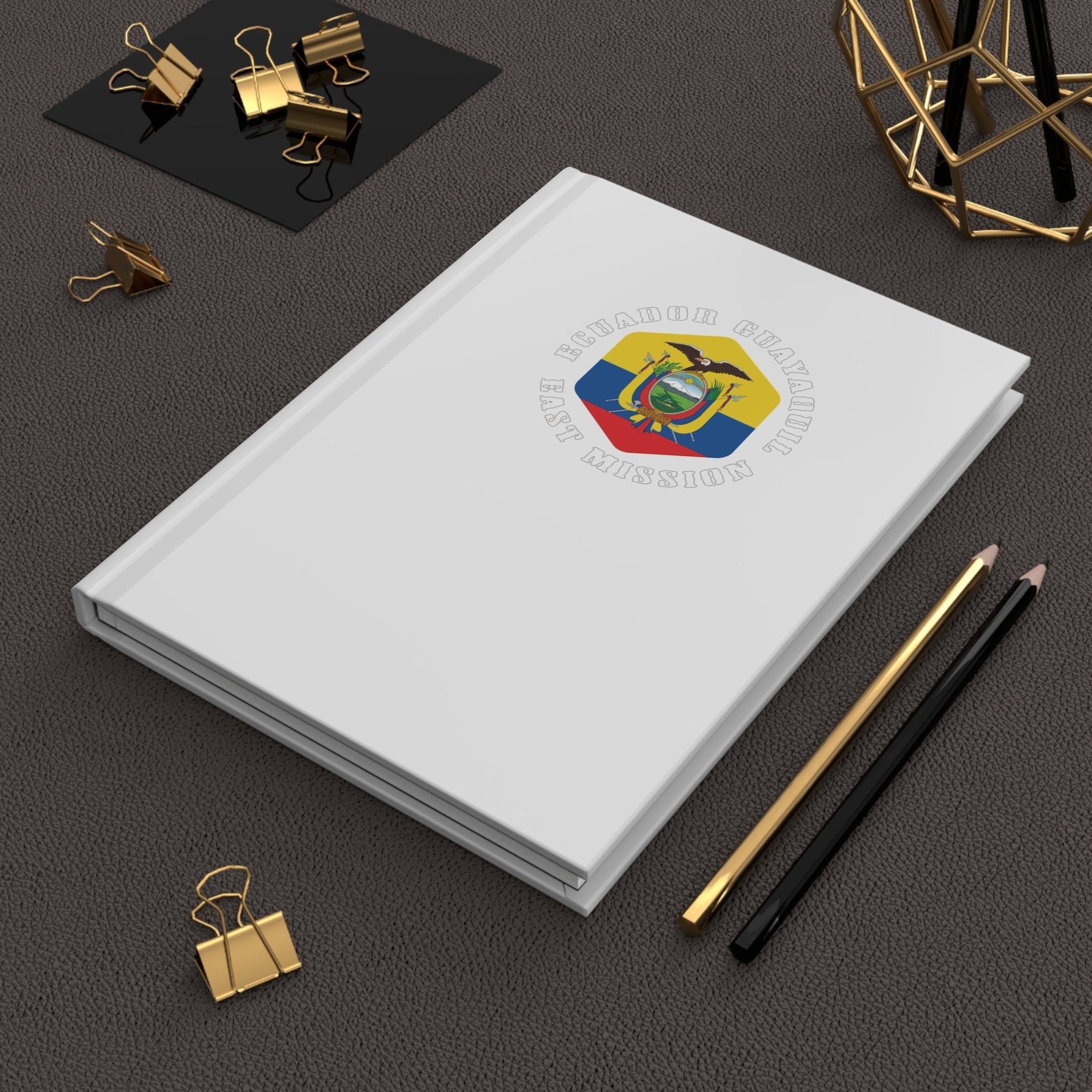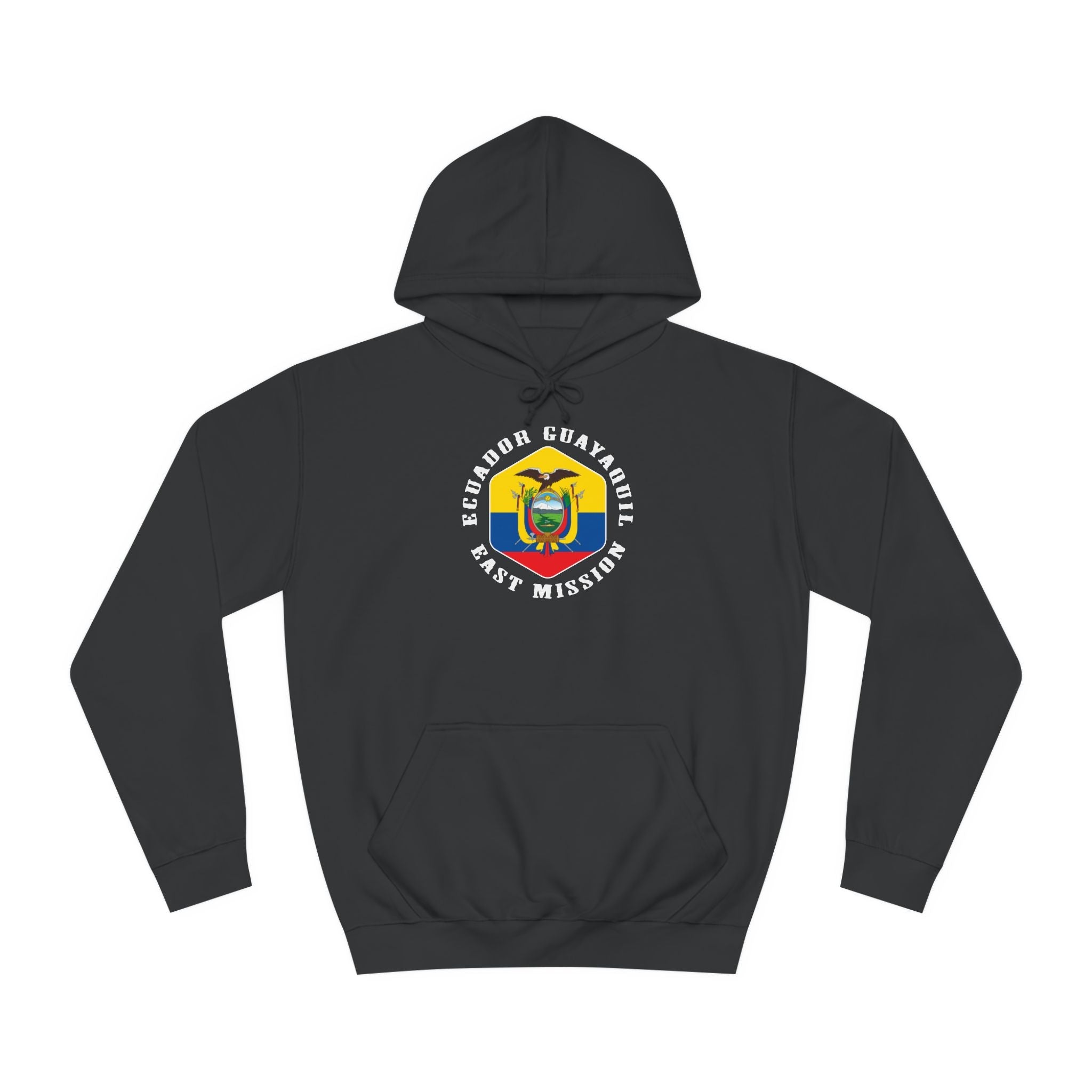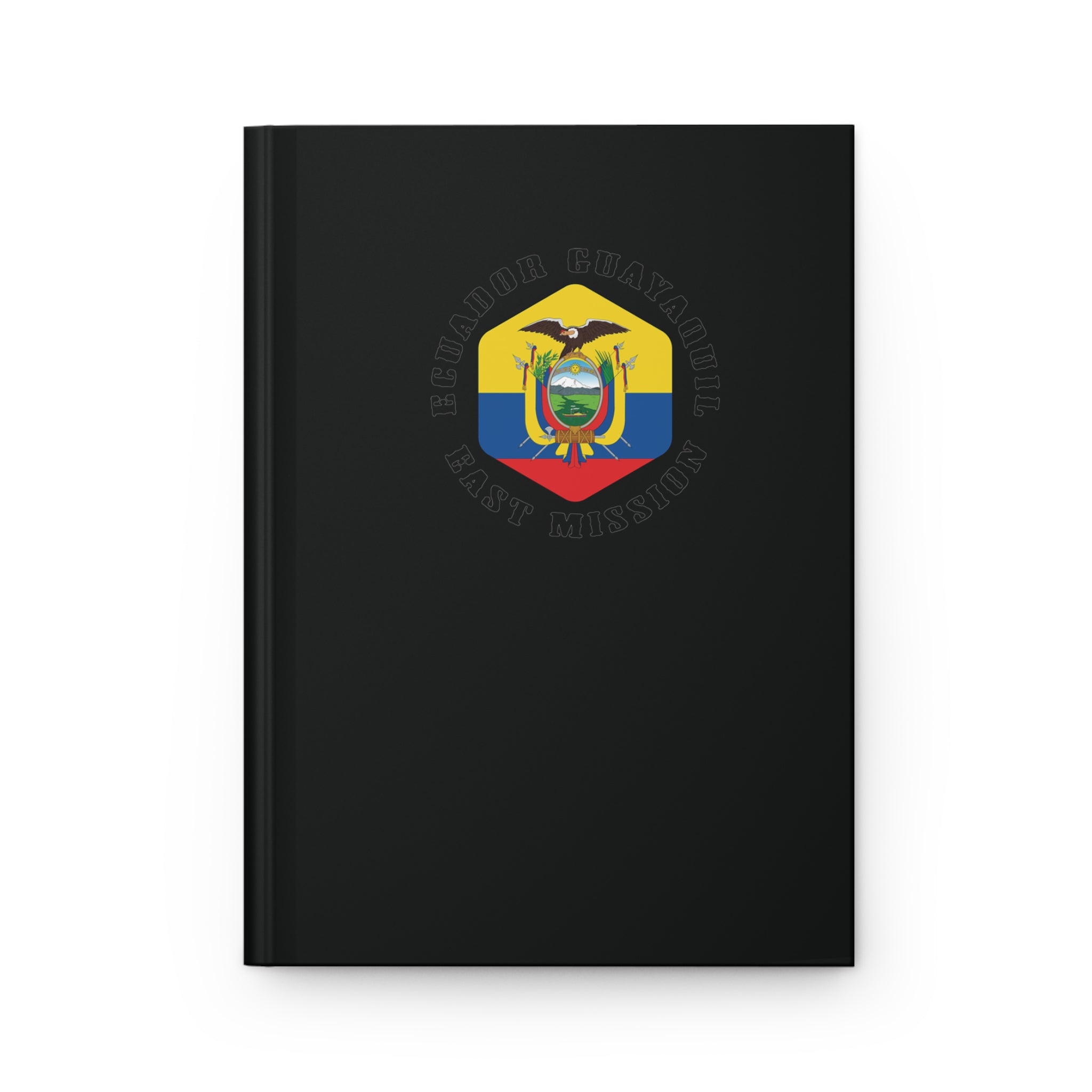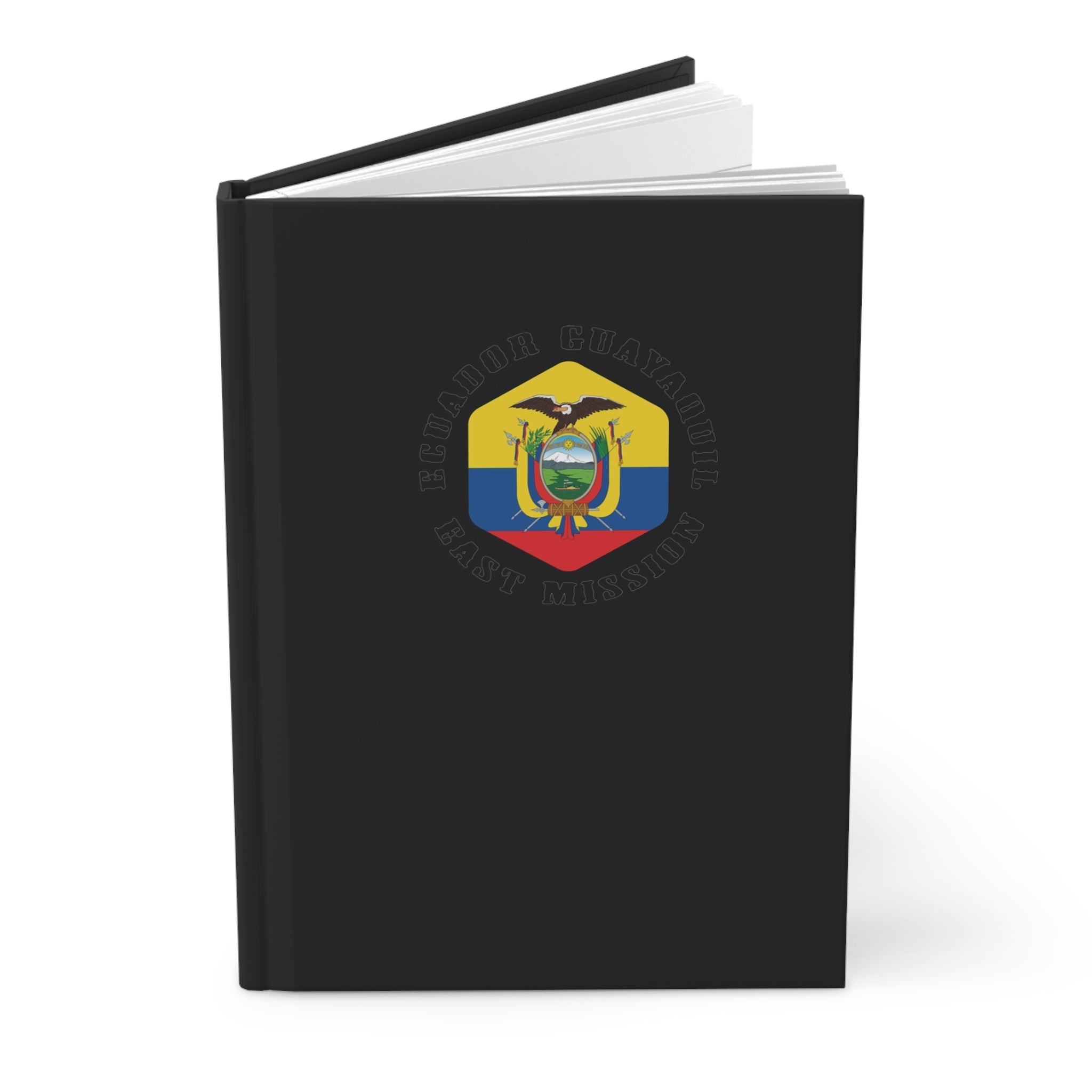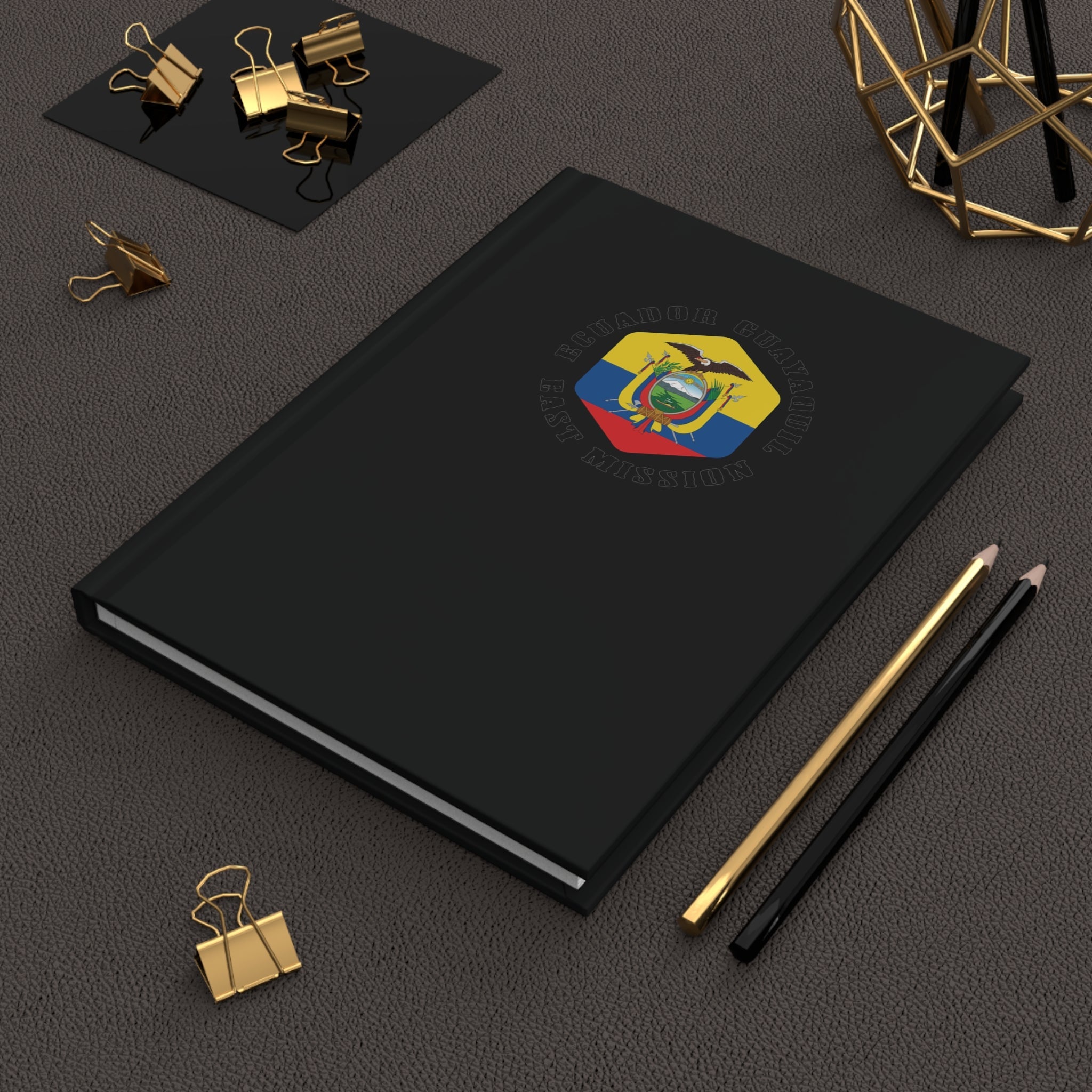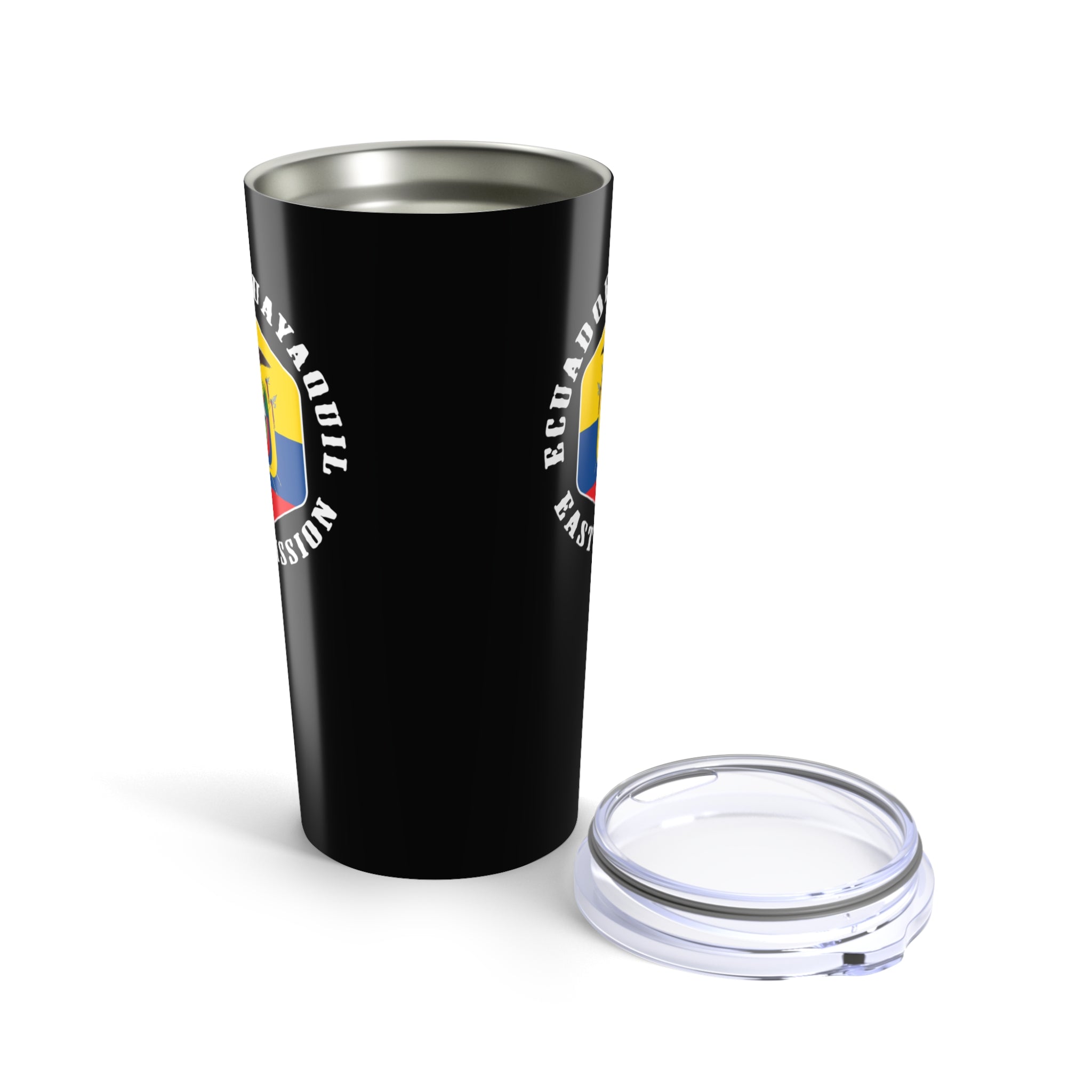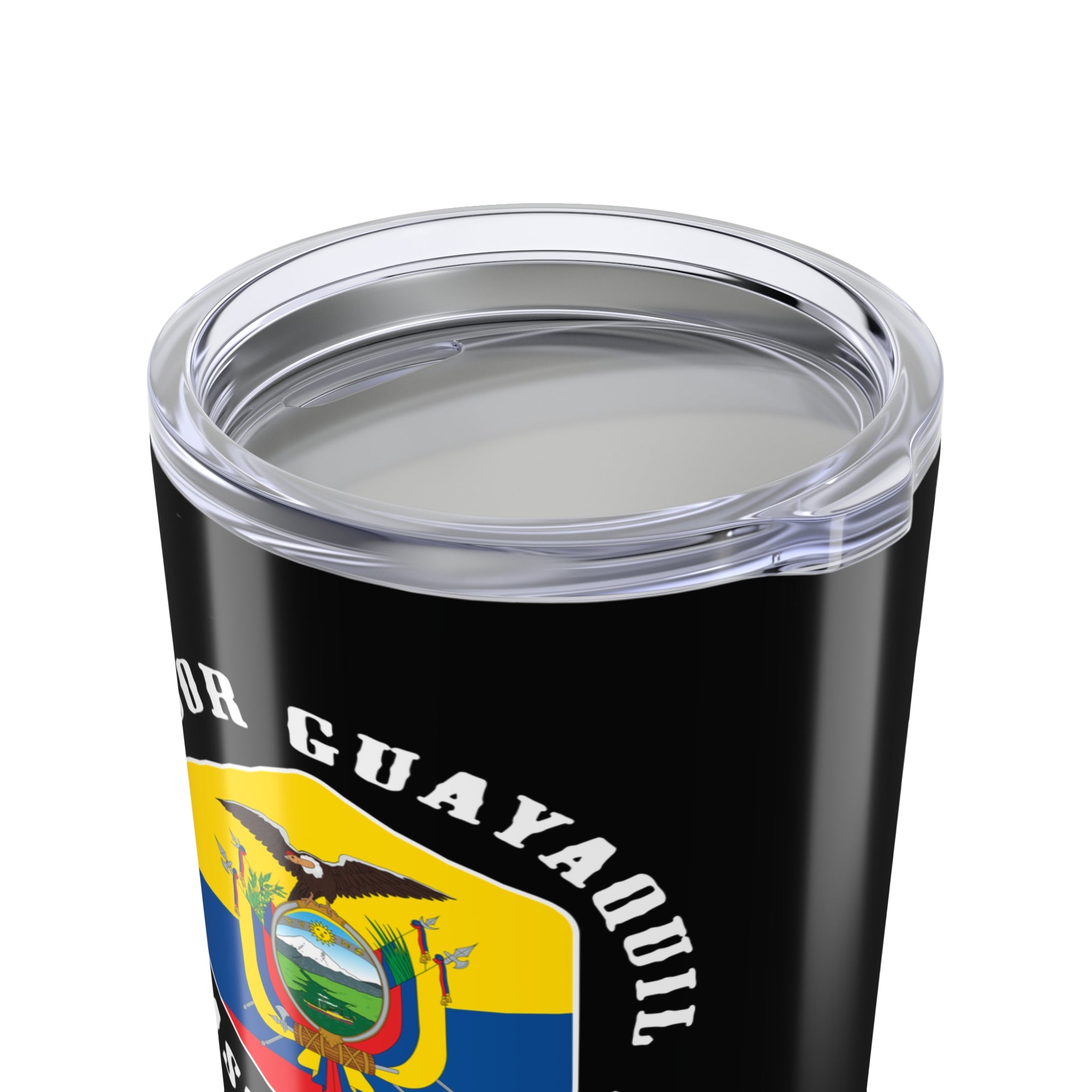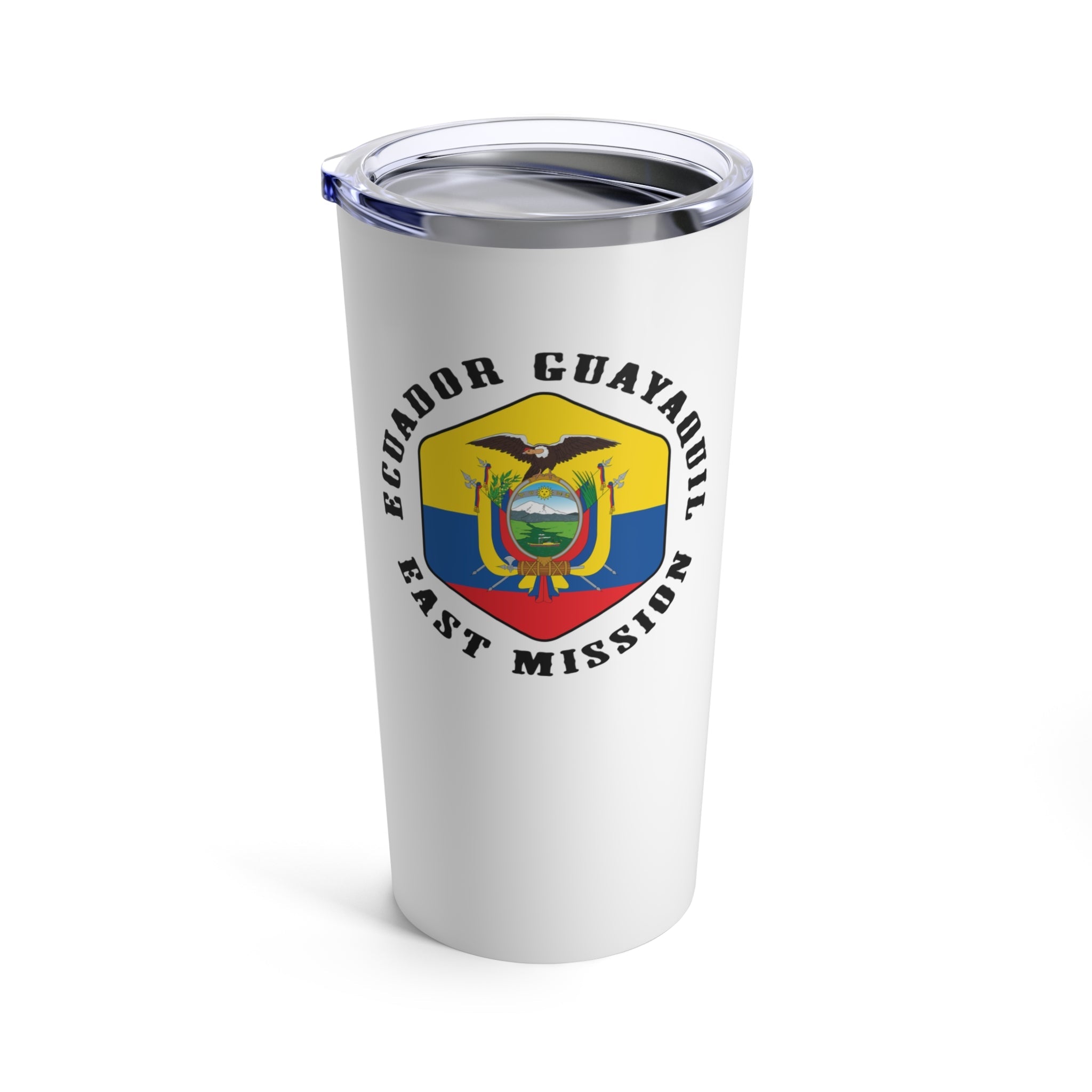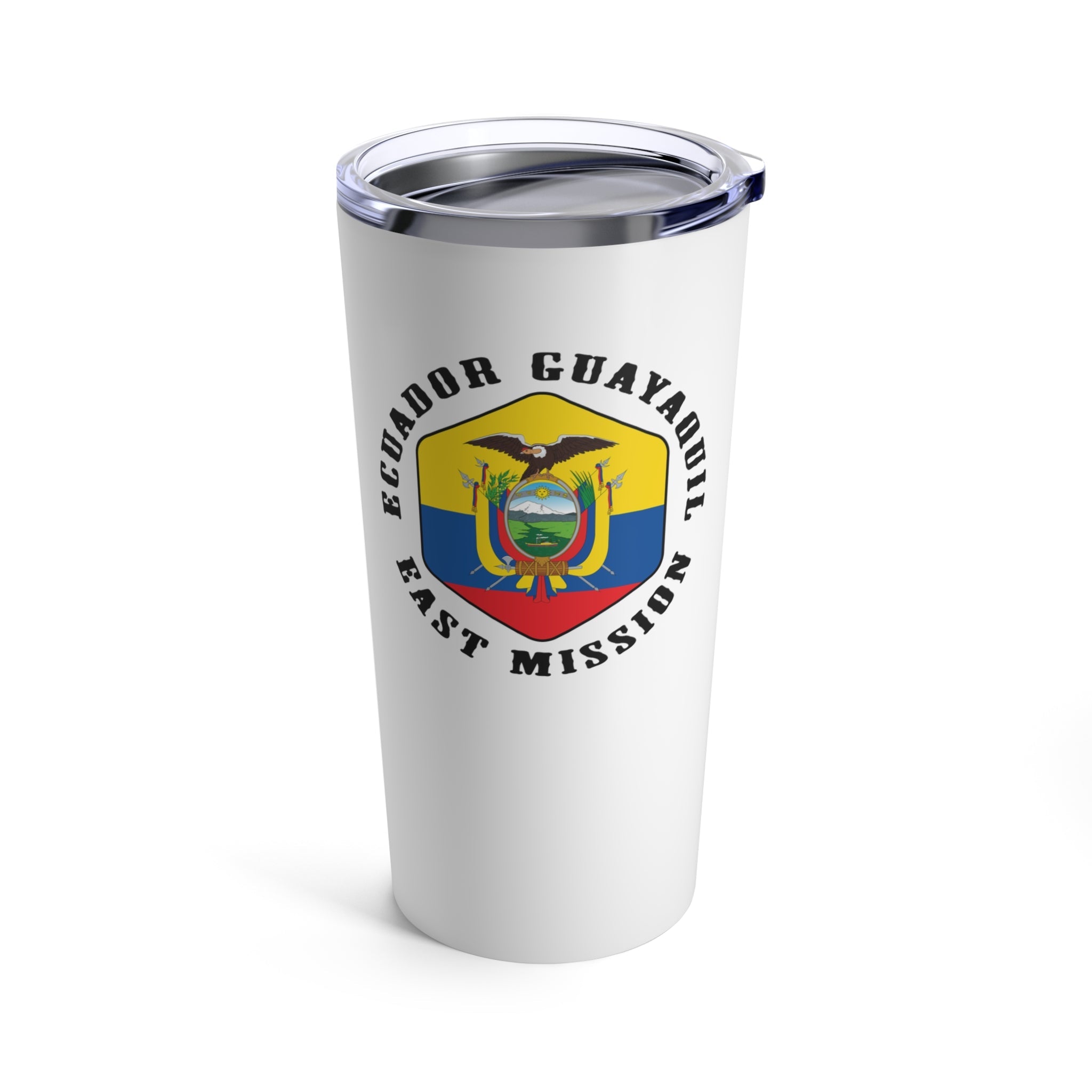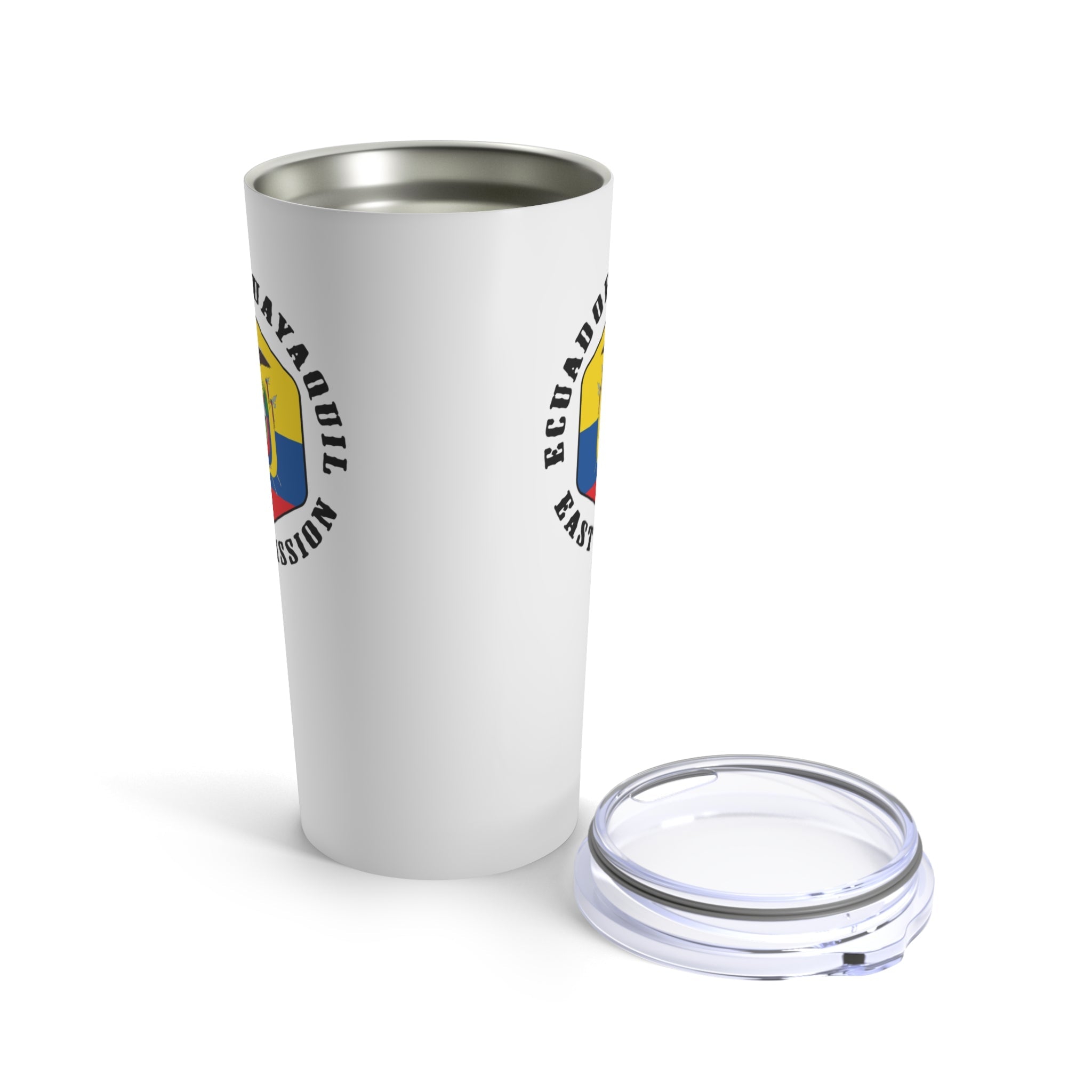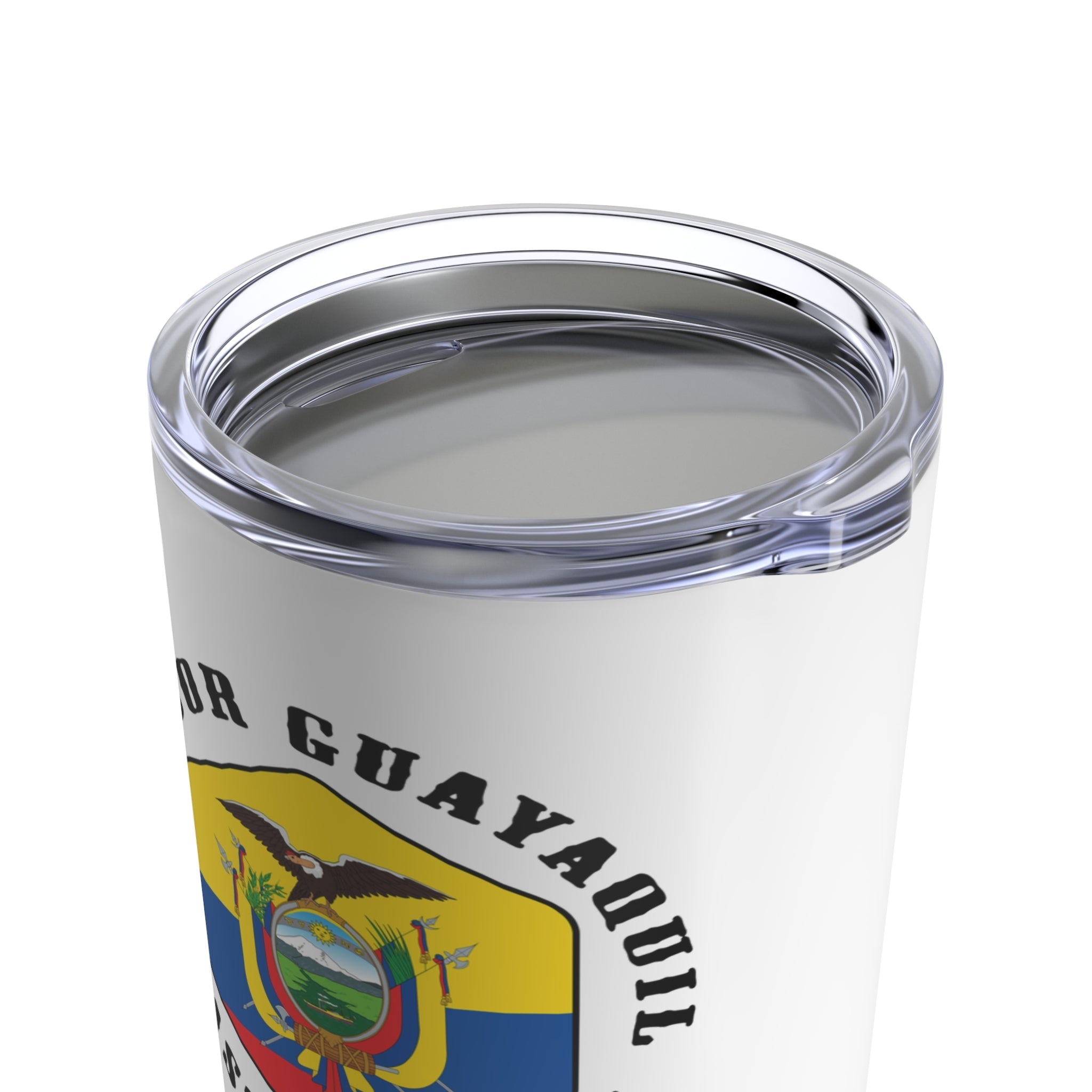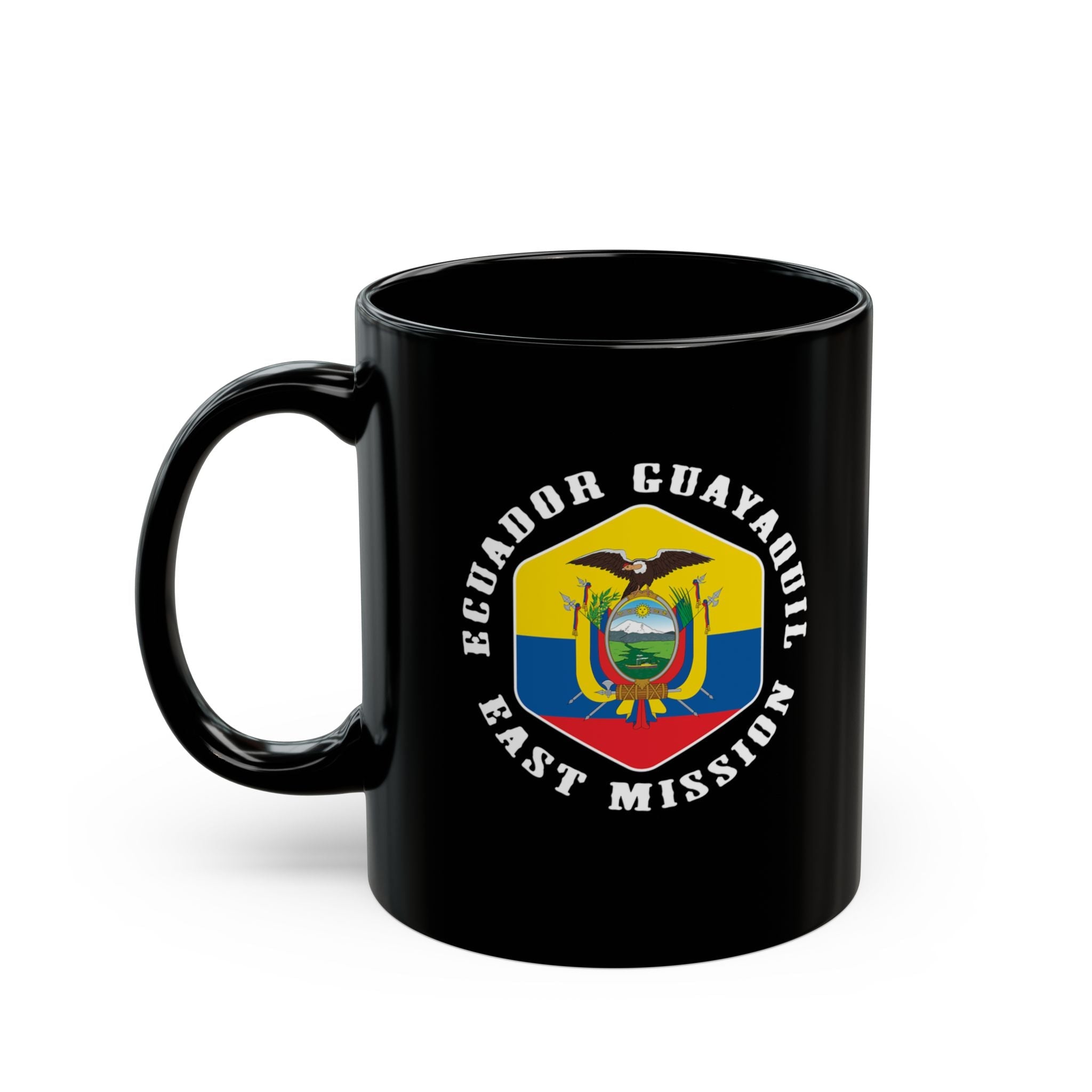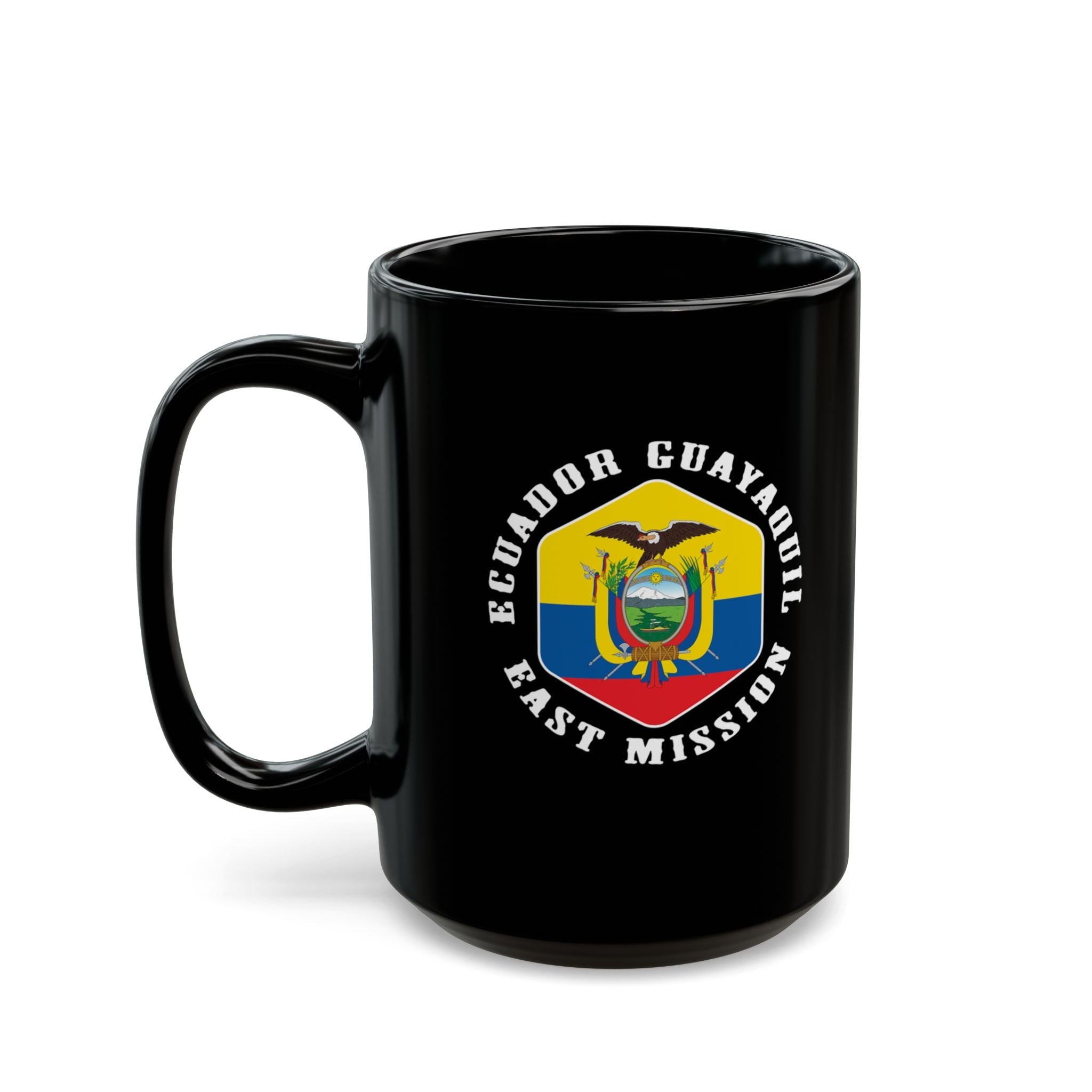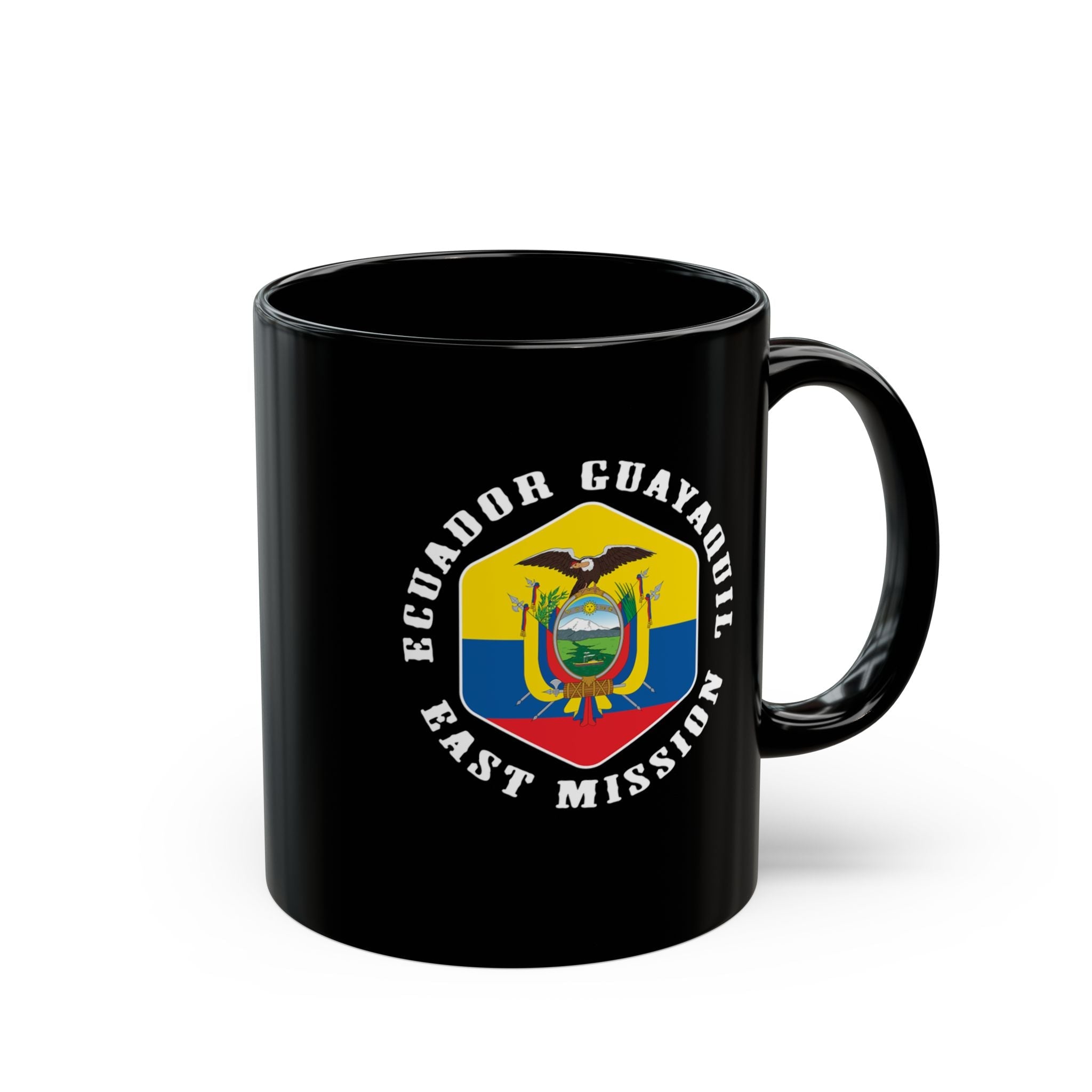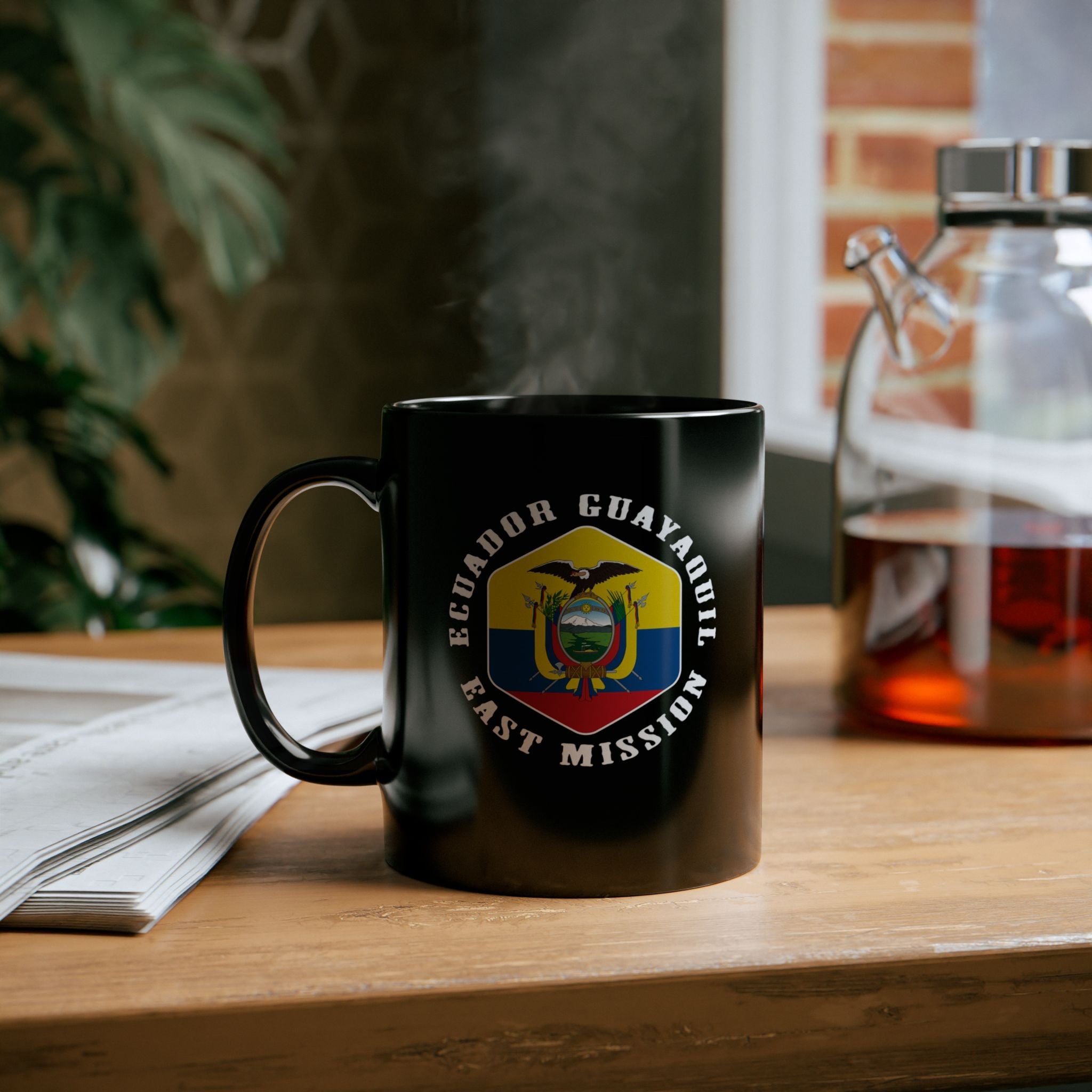In 1965, as the first missionaries arrived in Ecuador, Elder Spencer W. Kimball of the Quorum of the Twelve Apostles expressed his belief that teaching the descendants of ancient Andean Indians would help fulfill God’s promise to bring the Book of Mormon to the Lamanites (see Enos 1:16). Over the next few years, Kimball traveled to Ecuador many times to encourage members and preach the gospel. In addition to Church centers in Quito and Guayaquil, the Church soon established a strong presence among indigenous Otavalans. Missionaries began preaching in the Kichwa language in the 1970s, and the Church published a Kichwa translation of selections from the Book of Mormon in 1980.
The first stake in Ecuador was organized in 1978. Just four years later, plans to construct a temple in Guayaquil were announced. As various logistical difficulties delayed the groundbreaking and construction of the temple, Ecuadorian Saints continued to build up the Church and prepare for a temple. In 1999, when the temple was finally dedicated, there were roughly 150,000 Latter-day Saints in the country.
Church members have ministered to each other and to their communities both physically and spiritually, offering service, shelter, and aid in the wake of natural disasters as an expression of discipleship. By 2018 there were over 300 congregations in the country, with a Church presence in every major city and many rural areas.
